Here are the 10 greatest recreational boating destinations in the world.

- Alaska’s Inside Passage – This stunning coastal route stretches from the southern tip of Alaska to the top of the panhandle, offering breathtaking scenery, coastal towns, and abundant wildlife.
- The Mediterranean Sea – With its crystal-clear waters, historic ports, and diverse cultures, the Mediterranean offers unparalleled boating experiences along the coasts of countries like Italy, Greece, and France.
- The Caribbean Islands – From the Bahamas to the Virgin Islands, the Caribbean is a boater’s paradise with its warm waters, vibrant coral reefs, and laidback island vibes.
- The Norwegian Fjords – Norway’s stunning fjords, carved by glaciers, offer dramatic landscapes, waterfalls, and quaint coastal villages accessible only by boat.
- The Galápagos Islands, Ecuador – This remote archipelago is a haven for unique wildlife, making it a prime destination for boating and wildlife watching.
- The French Polynesia – With its overwater bungalows and vibrant underwater world, French Polynesia offers a unique tropical boating experience.
- The Maldives – With its overwater bungalows, crystal-clear lagoons, and vibrant coral reefs, the Maldives is a tropical boating paradise.
- Halong Bay, Vietnam – This UNESCO World Heritage Site features thousands of limestone islands and islets, creating a surreal and breathtaking boating landscape.
- Alaska, Kenai Fjords, Alaska – Located in Southcentral Alaska with access from Seward, this area boasts tidewater glaciers, sea otters, whales, seals, and diverse bird species. And Resurrection Bay, Alaska – Considered one of the top sailing destinations in the United States, this bay on the Kenai Peninsula features towering coastal mountains and marine life.
- Sea of Cortez, Mexico – This stunning body of water between the Baja California Peninsula and mainland Mexico offers incredible sea cave snorkeling, white sandy beaches, and vibrant marine life.
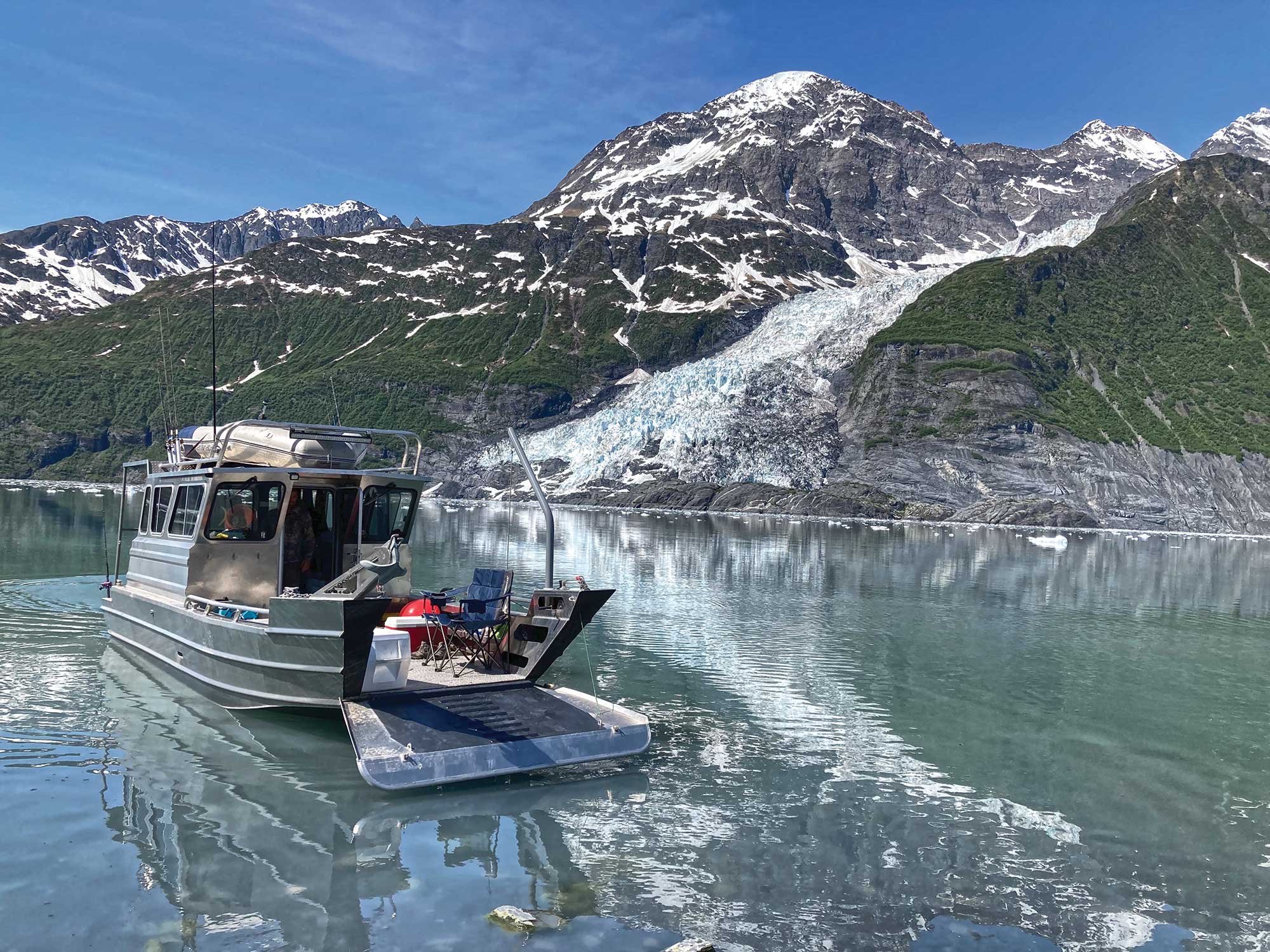
Alaska’s Inside Passage
Alaska’s Inside Passage offers a diverse range of sailing routes catering to different interests and skill levels. Here are some popular sailing routes in Alaska’s Inside Passage:
- Northbound Route: This route starts from Puget Sound in Washington State and navigates through the Inside Passage to Alaska, passing through the San Juan Islands, British Columbia, and Southeast Alaska.
- Southbound Route: This route begins in Alaska and heads south through the Inside Passage, passing through the same areas as the northbound route but in reverse.
- Ketchikan to Juneau Route: This route is popular among sailors who want to explore the southeastern part of Alaska. It starts from Ketchikan and heads north to Juneau, passing through the Tongass Narrows and the Inside Passage.
- Sitka to Petersburg Route: This route is a bit more off the beaten path, but offers stunning scenery and wildlife viewing opportunities. It starts from Sitka and heads north to Petersburg, passing through the Inside Passage and the surrounding islands.
- Glacier Bay Route: This route is ideal for sailors who want to explore the majestic glaciers of Alaska. It starts from Juneau and heads north to Glacier Bay National Park, passing through the Inside Passage and the surrounding fjords.
- Haines to Skagway Route: This route is popular among sailors who want to explore the northern part of Alaska’s Inside Passage. It starts from Haines and heads north to Skagway, passing through the Inside Passage and the surrounding mountains.
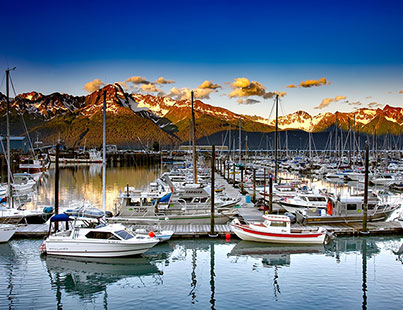
These routes offer a mix of scenic cruising, wildlife viewing, and exploration of Alaska’s unique culture and history.
Alaska’s Inside Passage offers a diverse range of attractions and activities that cater to various interests, from historians to athletes. Here’s what each might find particularly appealing:
Historian
- Historical Sites: The Inside Passage has a rich history, including its role during the Klondike Gold Rush and as a traditional territory of indigenous communities like the Tlingit, Haida, and Tsimshian. Historians might be particularly interested in visiting sites like Castle Hill in Sitka, where Alaska was transferred from Russia to the United States.
- Cultural Heritage: The area is also rich in cultural history, evident in the totem poles and cultural centers that showcase the art and traditions of the native populations.
Architect
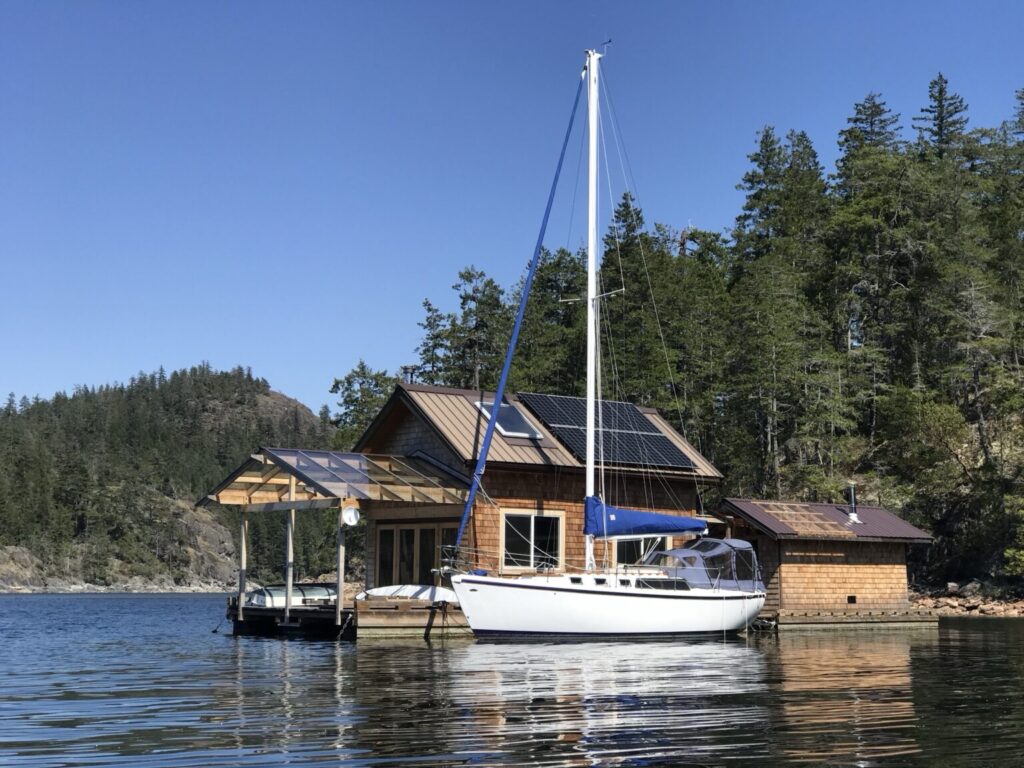
- Russian Influence: Architects might appreciate the Russian colonial architecture, particularly the rebuilt St. Michael’s Cathedral in Sitka, which is a fine example of rural Russian church architecture.
- Innovative Design: The unique logistical challenges of building in such remote and rugged terrain can also be of interest, showcasing innovative solutions in small town layouts and construction.
Diver
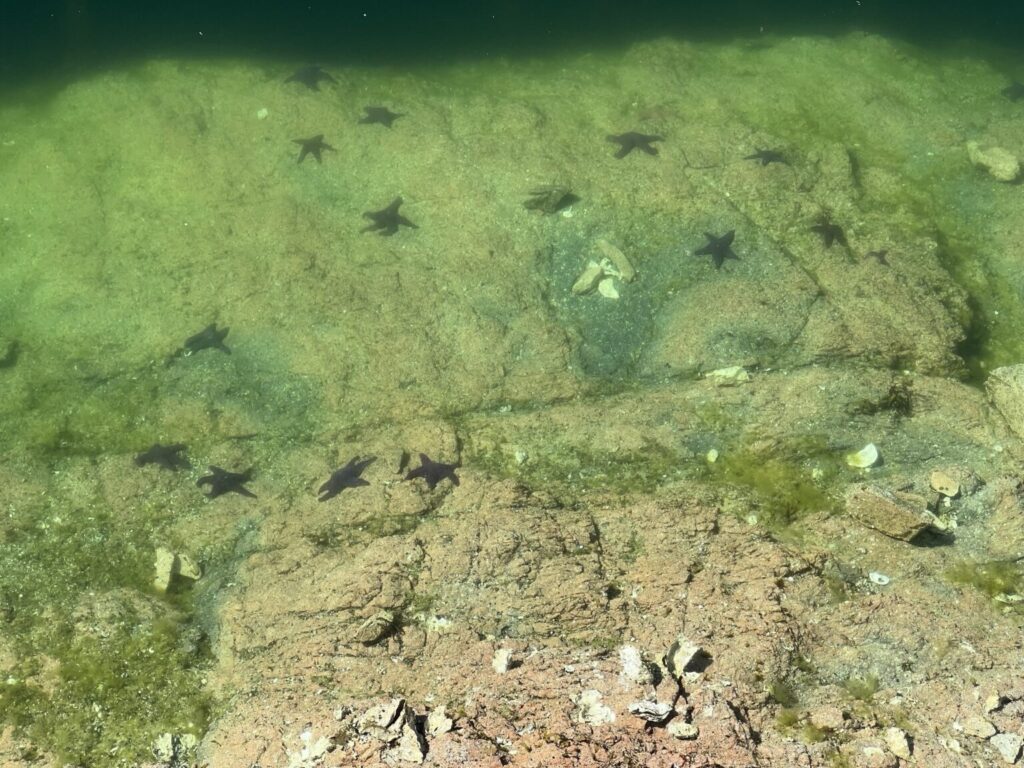
- Marine Life: The cold but clear waters of the Inside Passage are ideal for divers looking to explore marine life. The area offers opportunities to see sea lions, plumose anemone, and potentially uncharted shipwrecks.
- Unique Diving Conditions: The challenging conditions and the unique underwater landscapes make it a rewarding experience for adventurous divers.
Birder
- Bird Watching: The region is a haven for birders, with opportunities to observe a wide variety of seabirds, bald eagles, and possibly even rare migratory birds.
- Natural Habitats: The extensive untouched wilderness provides rich habitats for these species, making it an ideal spot for bird watching.
- Environmental Studies: Scientists interested in glaciology, marine biology, and environmental science will find the melting glaciers, diverse marine ecosystems, and the impacts of climate change on local wildlife compelling.
- Geological Features: The dramatic landscapes, including fjords and waterfalls, offer a lot to geologists and environmental scientists studying natural processes and land formations.
- Navigational Challenges: The intricate network of fjords, bays, and islands offers complex navigational challenges that are appealing to experienced sailors.
- Sailing Conditions: The protected waters of the Inside Passage provide relatively calm sailing conditions, making it a popular route for both leisurely cruises and more adventurous sailing expeditions.
- Diverse Wildlife: The area is teeming with wildlife, including humpback whales, otters, and seals, which can be seen from the deck of a cruise ship or a smaller touring vessel.
- Wildlife Tours: There are numerous tours available that focus on wildlife watching, providing enthusiasts a close-up view of the region’s animal inhabitants.
- Outdoor Activities: Athletes can engage in kayaking, hiking, and ice climbing, particularly around the frozen waterfalls in Keystone Canyon.
- Challenging Terrains: The rugged terrains offer excellent opportunities for mountain biking and trail running, appealing to those looking for physical challenges in stunning natural settings.
Scientist
Sailor
Wildlife Enthusiast
Athlete
Each of these interests is well-served by the natural and cultural richness of Alaska’s Inside Passage, making it a multifaceted destination.
Mediterranean Sea

The Mediterranean Sea offers a diverse range of attractions and activities that cater to various interests, from historians to athletes. Here’s what each might find particularly appealing:
Historian
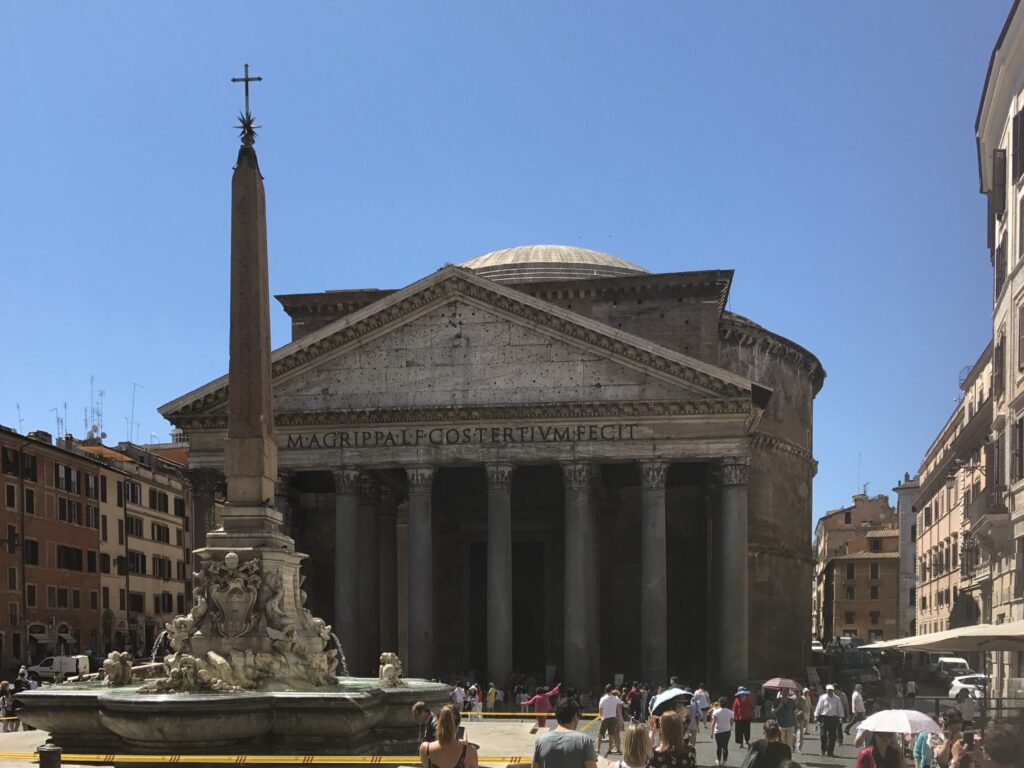
- Historical Sites: The Mediterranean is home to numerous historical sites, including ancient cities like Pompeii and Herculaneum, the Acropolis of Athens, and the Roman ruins of Carthage.
- Cultural Heritage: The region is rich in cultural heritage, with a mix of Greek, Roman, and Arabic influences evident in its architecture, art, and cuisine.
Architect

- Historic Buildings: The Mediterranean is famous for its historic buildings, such as the Colosseum in Rome, the Pantheon in Rome, and the Hagia Sophia in Istanbul.
- Innovative Design: The unique logistical challenges of building in such a diverse and historic region can also be of interest, showcasing innovative solutions in architecture and urban planning.
Diver
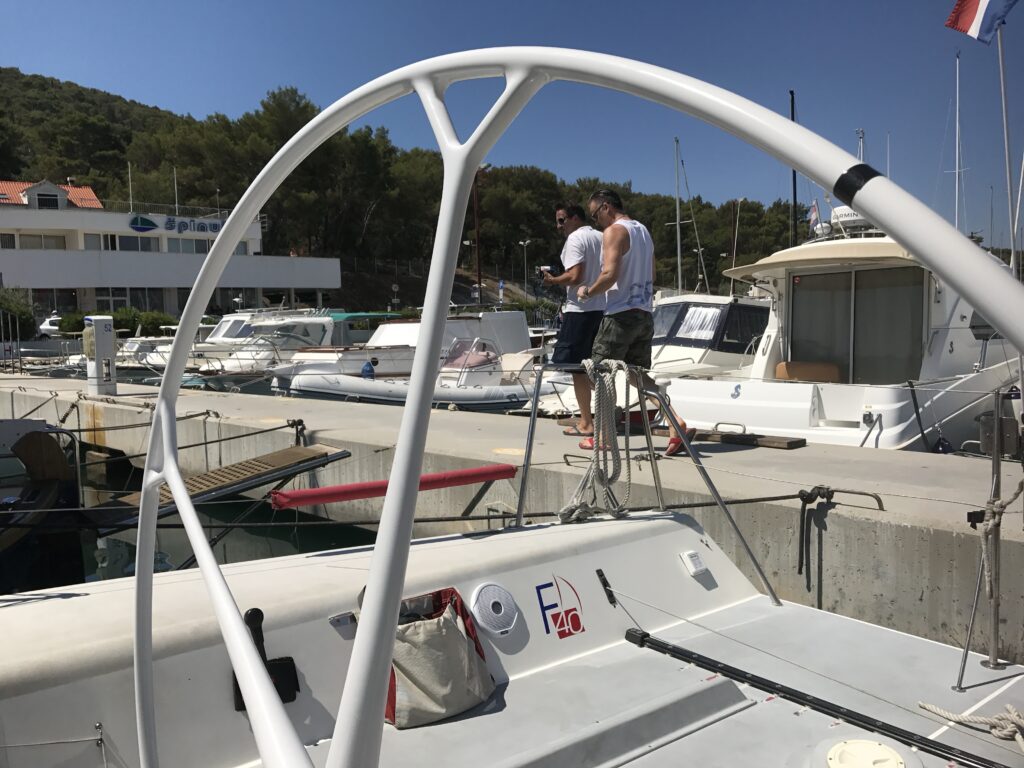
- Marine Life: The Mediterranean is known for its diverse marine life, including dolphins, whales, and a wide variety of fish species.
- Underwater Landscapes: The region offers a range of underwater landscapes, from coral reefs to shipwrecks, providing opportunities for exploration and discovery.
Birder
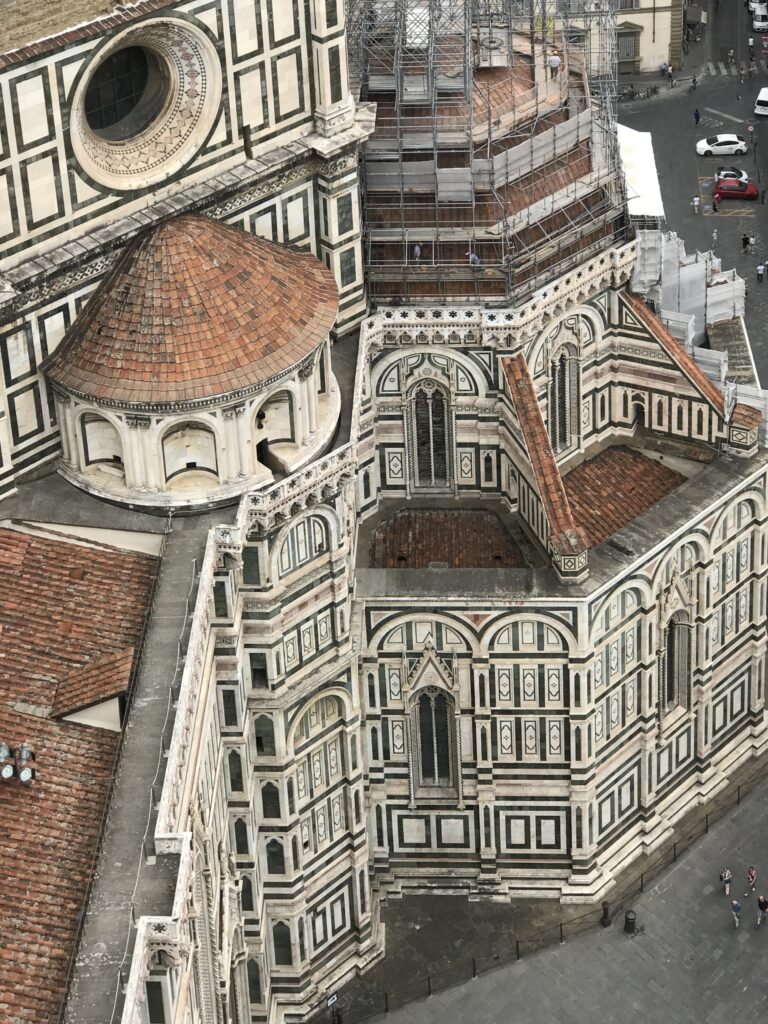
- Bird Migration: The Mediterranean is a key stopover for many
- bird species during their migrations, offering opportunities for birdwatching and studying these migrations.
- Natural Habitats: The region is home to a variety of natural habitats, including wetlands, forests, and coastal areas, which support a wide range of bird species.
Scientist

- Environmental Studies: Scientists interested in environmental studies will find the Mediterranean a fascinating region, with its unique ecosystems and the impacts of climate change on local wildlife.
- Geological Features: The region is characterized by a mix of geological features, including mountains, valleys, and coastal areas, offering opportunities for geological research and exploration.
Sailor
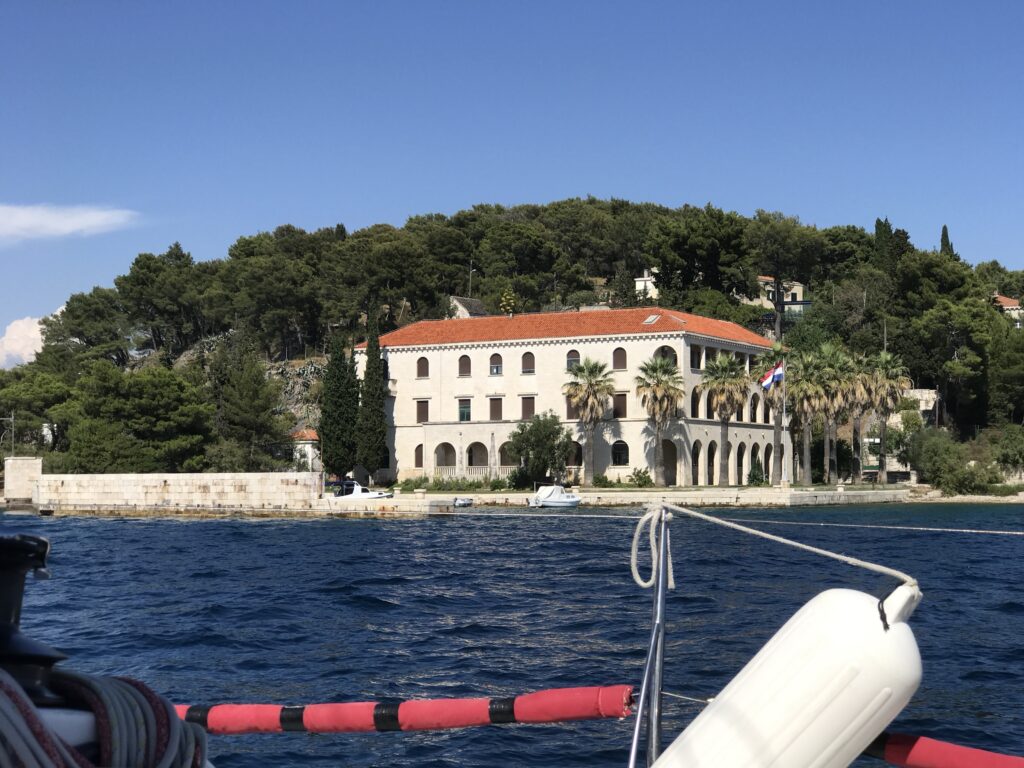
- Navigational Challenges: The Mediterranean offers a range of navigational challenges, from navigating through narrow straits to avoiding rocky coastlines.
- Sailing Conditions: The region is known for its favorable sailing conditions, with a mix of calm and windy days, making it a popular destination for sailors.
Wildlife Enthusiast
- Diverse Wildlife: The Mediterranean is home to a diverse range of wildlife, including mammals, birds, reptiles, and fish, offering opportunities for wildlife watching and study.
- Conservation Efforts: The region is also home to various conservation efforts, such as the protection of marine life and the preservation of natural habitats, which can be of interest to wildlife enthusiasts.
Athlete
- Outdoor Activities: The Mediterranean offers a range of outdoor activities, from hiking and biking to swimming and sailing, providing opportunities for athletes to engage in their favorite sports.
- Challenging Terrains: The region is characterized by a mix of challenging terrains, from mountains to coastal areas, offering opportunities for athletes to test their skills and endurance.
Each of these interests is well-served by the natural and cultural richness of the Mediterranean Sea, making it a multifaceted destination.
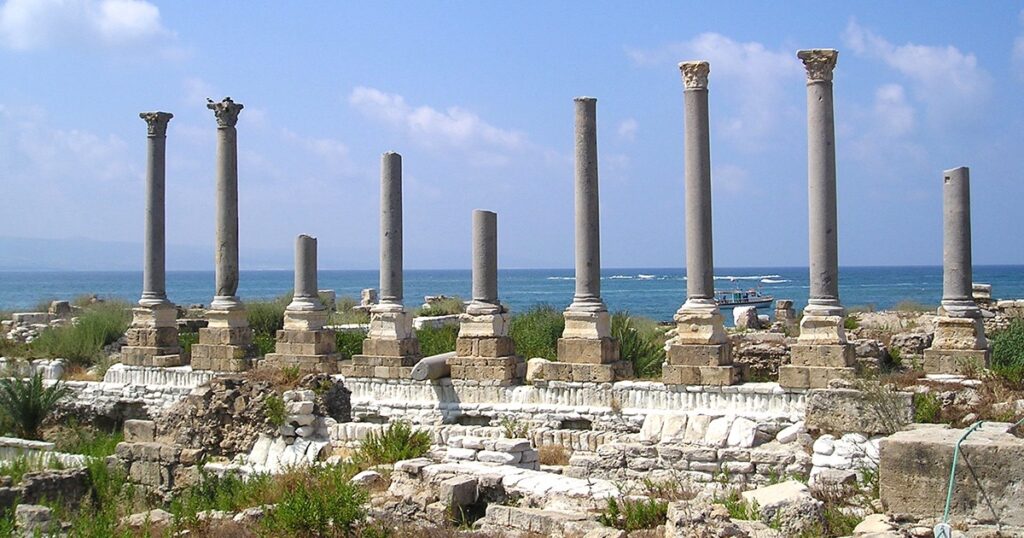
Mediterranean Sea
The Mediterranean Sea offers a diverse range of sailing routes catering to different interests and skill levels. Here are some popular sailing routes in the Mediterranean Sea:
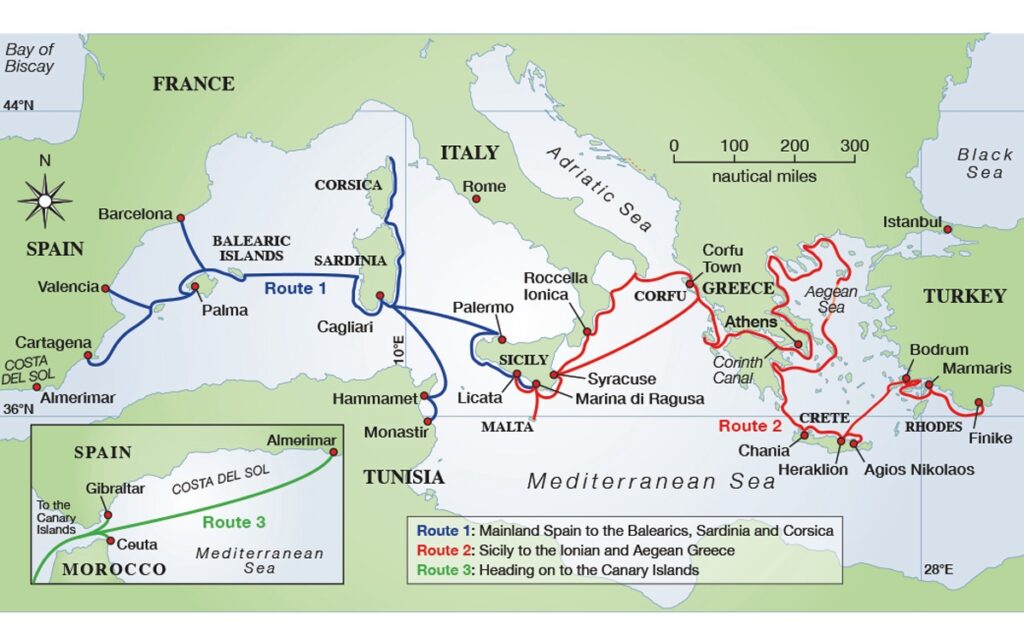
- Cyclades Route: This route starts from Athens and takes you through the Cyclades archipelago, including Mykonos, Santorini, and Crete. It is suitable for experienced skippers due to the strong Meltemi winds.
- Dodecanese Route: This route begins in Rhodes and explores the Dodecanese archipelago, including Kos, Kalymnos, and other islands. It is also suitable for experienced skippers due to the strong Meltemi winds.
- Ionian Islands Route: This route starts from Corfu or Lefkada and takes you through the Ionian Islands, including Kefalonia, Zakynthos, and Ithaca. It is suitable for novice yachtsmen due to the calmer waters and more predictable wind conditions.
- Balearic Islands Route: This route starts from Mallorca and explores the Balearic Islands, including Ibiza, Menorca, and Formentera. It is suitable for all skill levels due to the variety of landscapes and sailing conditions.
- French Riviera Route: This route starts from the Italian border and takes you along the French Riviera, including the ports of Nice, Cannes, and Monaco. It is suitable for all skill levels due to the luxurious marinas and picturesque coastal towns.
- Italian Coastline Route: This route starts from the Amalfi Coast and explores the Italian coastline, including the ports of Naples, Amalfi, and Sardinia. It is suitable for all skill levels due to the variety of landscapes and sailing conditions.
- Greek Islands Route: This route starts from Athens and takes you through the Greek Islands, including the Saronic Islands, the Cyclades, and the Dodecanese. It is suitable for all skill levels due to the variety of landscapes and sailing conditions.
- Turkish Riviera Route: This route starts from Istanbul and takes you along the Turkish Riviera, including the ports of Bodrum, Marmaris, and Fethiye. It is suitable for all skill levels due to the variety of landscapes and sailing conditions.
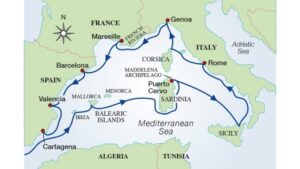
These routes offer a mix of scenic cruising, wildlife viewing, and exploration of the Mediterranean’s unique culture and history
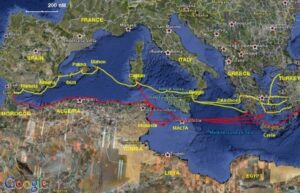
Caribbean
The Caribbean islands offer a diverse range of attractions and activities that cater to various interests, from historians to athletes. Here’s what each might find particularly appealing:
Historian
- Historical Sites: The Caribbean is home to numerous historical sites, including colonial-era forts, plantations, and museums that showcase the region’s rich cultural heritage.
- Cultural Heritage: The region is rich in cultural heritage, with a mix of African, European, and indigenous influences evident in its architecture, art, and cuisine.
Architect
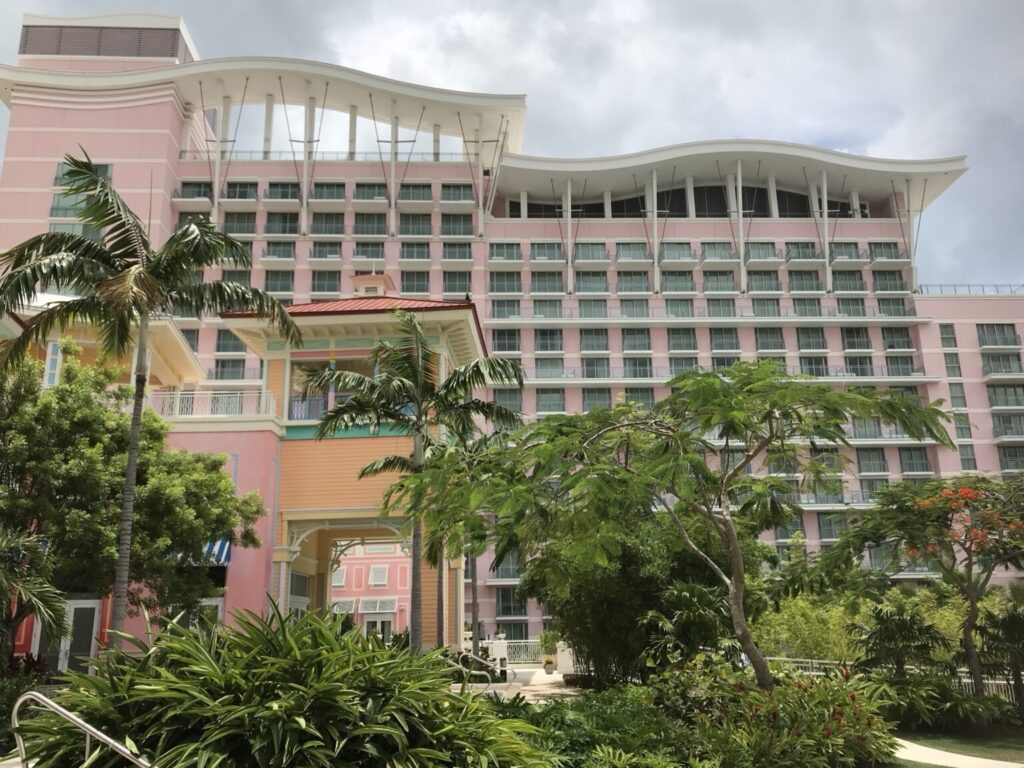
- Historic Buildings: The Caribbean is famous for its historic buildings, such as the colonial-era architecture of the French Quarter in New Orleans, the Spanish colonial architecture of San Juan, Puerto Rico, and the Dutch colonial architecture of Willemstad, Curaçao.
- Innovative Design: The unique logistical challenges of building in such a diverse and historic region can also be of interest, showcasing innovative solutions in architecture and urban planning.
Diver
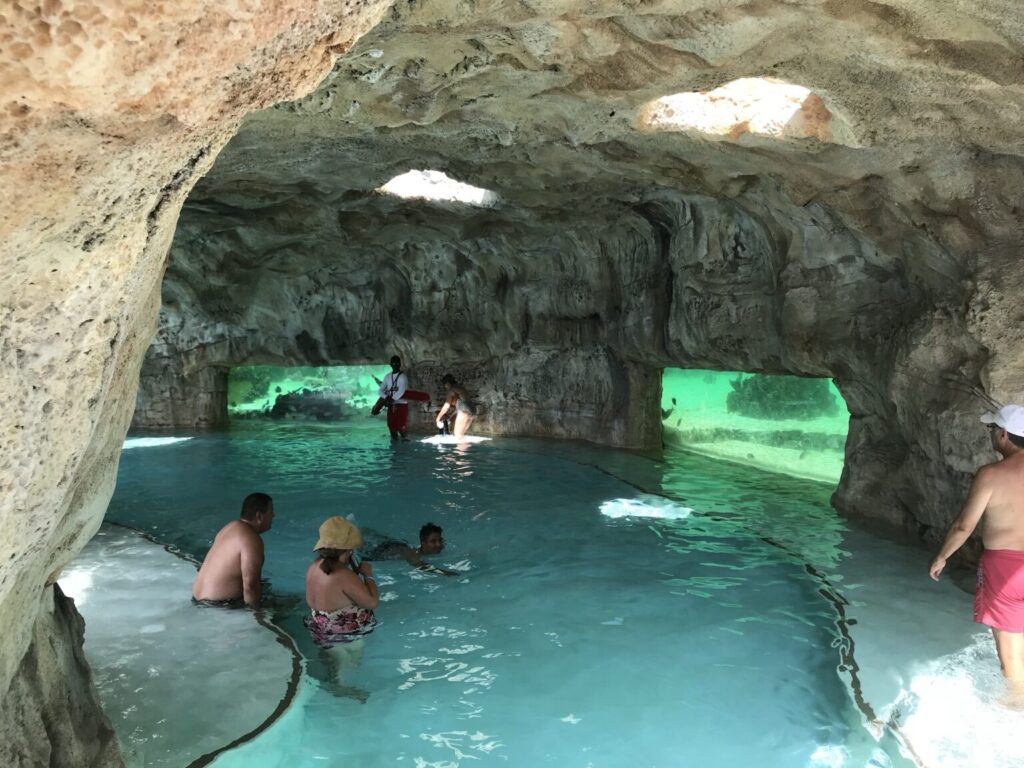
- Marine Life: The Caribbean is known for its diverse marine life, including colorful fish, coral reefs, and shipwrecks, offering opportunities for scuba diving and snorkeling.
- Underwater Landscapes: The region offers a range of underwater landscapes, from coral reefs to shipwrecks, providing opportunities for exploration and discovery.
Birder
- Bird Migration: The Caribbean is a key stopover for many bird species during their migrations, offering opportunities for birdwatching and studying these migrations.
- Natural Habitats: The region is home to a variety of natural habitats, including wetlands, forests, and coastal areas, which support a wide range of bird species.
Scientist
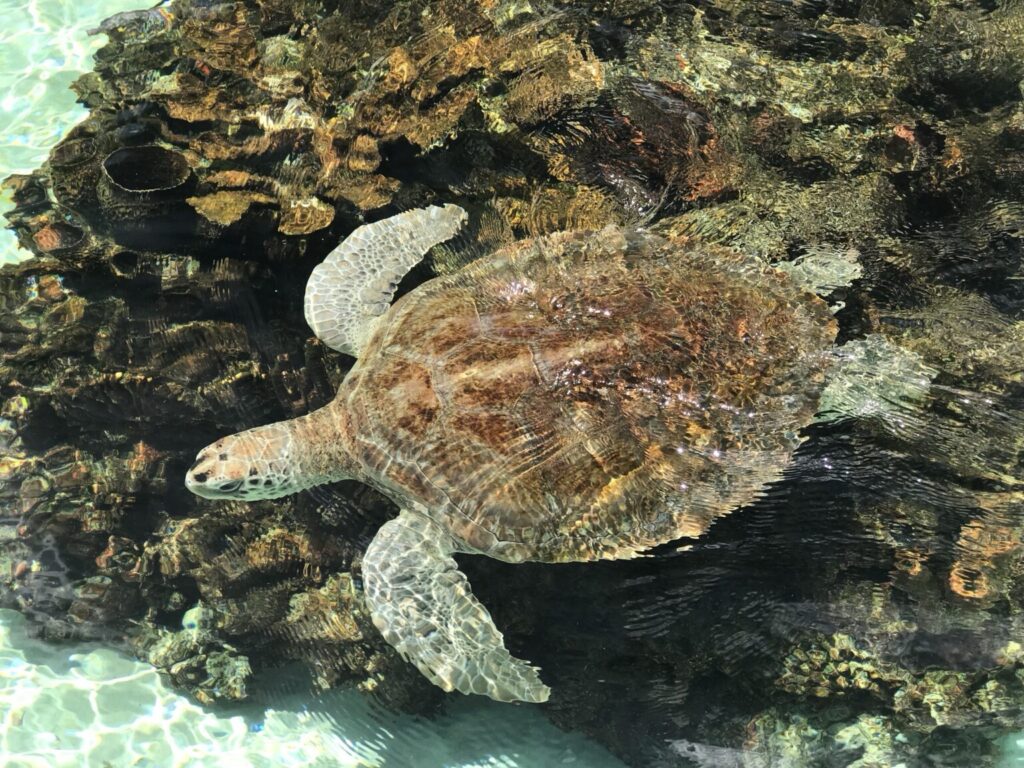
- Environmental Studies: Scientists interested in environmental studies will find the Caribbean a fascinating region, with its unique ecosystems and the impacts of climate change on local wildlife.
- Geological Features: The region is characterized by a mix of geological features, including volcanic islands, coral reefs, and underwater canyons, offering opportunities for geological research and exploration.
Sailor
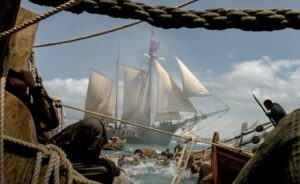
- Navigational Challenges: The Caribbean offers a range of navigational challenges, from navigating through narrow channels to avoiding rocky coastlines.
- Sailing Conditions: The region is known for its favorable sailing conditions, with a mix of calm and windy days, making it a popular destination for sailors.
Wildlife Enthusiast
- Diverse Wildlife: The Caribbean is home to a diverse range of wildlife, including mammals, birds, reptiles, and fish, offering opportunities for wildlife watching and study.
- Conservation Efforts: The region is also home to various conservation efforts, such as the protection of marine life and the preservation of natural habitats, which can be of interest to wildlife enthusiasts.
Athlete
- Outdoor Activities: The Caribbean offers a range of outdoor activities, from hiking and biking to swimming and sailing, providing opportunities for athletes to engage in their favorite sports.
- Challenging Terrains: The region is characterized by a mix of challenging terrains, from mountains to coastal areas, offering opportunities for athletes to test their skills and endurance.
Each of these interests is well-served by the natural and cultural richness of the Caribbean islands, making it a multifaceted destination
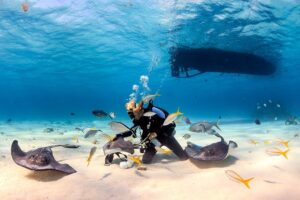
Based on the information provided in the search results, here are some of the popular diving spots in the Caribbean:
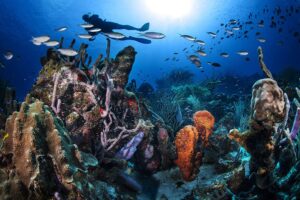
- Underwater Sculpture Park, Grenada – This unique underwater museum features over 65 sculptures created by artist Jason deCaires Taylor, making it one of the most famous and fascinating diving sites in the Caribbean.
- Pillars of Hercules, Antigua – These limestone rock formations offer shallow diving opportunities to see marine life like green turtles, octopus, and spotted eagle rays.
- Anse Chastanet Reef, St. Lucia – With the iconic Pitons as the backdrop, this reef is a haven for over 150 species of fish and offers crystal clear waters and calm conditions.
- Congo Cay, St. Thomas – This vibrant reef system near St. Thomas caters to both beginner and experienced divers with varying depths and currents.
- Charlie’s Shoal, St. Martin – A beautiful and quiet coral reef on the south coast of St. Martin, known for its diverse marine life.
- Angelfish Reef, British Virgin Islands – This maze-like reef with canyons and ridges is a playground for divers, offering chances to see eagle rays, turtles, and lobsters.
- Runway Wall, Bahamas – An exciting spot to swim and even feed Caribbean reef sharks at a depth of 40 feet, suitable for all certified divers.
- Great Blue Hole, Belize – This iconic underwater sinkhole is a bucket-list destination for divers, with massive stalactites and diverse marine life.
- Jardines de la Reina, Cuba – Known for amazing shark dives, pristine reefs, and saltwater crocodile encounters, this is considered one of the finest diving spots in the Caribbean.
- Diamond Rock, Martinique – An uninhabited basalt island offering unique diving opportunities around its dramatic underwater landscapes.
These diverse diving spots showcase the Caribbean’s rich marine ecosystems, from vibrant coral reefs and shipwrecks to encounters with iconic marine species like sharks and whales.
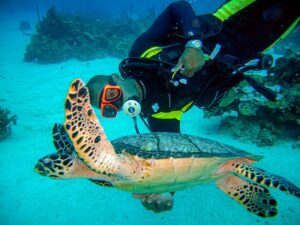
Norwegian fjords
The Norwegian fjords offer a diverse range of attractions and activities that cater to various interests, from historians to athletes. Here’s what each might find particularly appealing:
Historian
- Viking Heritage: The fjord region was home to Viking settlements and trade routes, with sites like the Nærøyfjord area showcasing remnants of this rich cultural heritage.
- Historic Towns: Towns like Bergen, with its Bryggen wharf and Hanseatic heritage, offer insights into Norway’s maritime history and medieval architecture.
Architect
- Vernacular Architecture: The region is known for its traditional wooden stave churches and coastal villages with colorful wooden houses, showcasing unique vernacular architectural styles.
- Modern Design: Contrast can be found in contemporary architectural marvels like the Norwegian Glacier Museum in Fjærland, highlighting innovative design in harmony with nature.
Diver
- Marine Life: The cold, nutrient-rich waters of the fjords support diverse marine life, including colorful anemones, wolffish, and even shipwrecks to explore.
- Unique Diving Conditions: The dramatic underwater landscapes, with deep fjord walls and clear visibility, offer a unique diving experience.
Birder
- Seabird Colonies: The fjords are home to numerous seabird colonies, including puffins, gannets, and sea eagles, providing excellent birdwatching opportunities.
- Migratory Routes: The region lies along major migratory routes, attracting a variety of bird species during different seasons.
Scientist
- Geological Formations: The fjords themselves are a geological marvel, formed by glacial erosion, offering insights into Earth’s processes and climate history.
- Environmental Studies: The region’s diverse ecosystems, from marine to alpine, provide opportunities for environmental research and conservation efforts.
Sailor
- Navigational Challenges: The intricate network of fjords, with their narrow passages and changing conditions, offers navigational challenges for experienced sailors.
- Scenic Cruising: Sailing through the fjords provides breathtaking views of towering cliffs, waterfalls, and glaciers, making it a popular cruising destination.
Wildlife Enthusiast
- Diverse Wildlife: In addition to marine life, the fjords are home to terrestrial species like reindeer, moose, and even whales, offering ample wildlife viewing opportunities.
- Pristine Habitats: The region’s protected areas and national parks, like Jostedalsbreen National Park, preserve the natural habitats of these species.
Athlete
- Hiking Trails: The fjord region boasts numerous hiking trails, ranging from easy coastal walks to challenging mountain treks, catering to all skill levels.
- Water Sports: Activities like kayaking, rafting, and fishing in the fjords and their rivers offer thrilling outdoor adventures for athletes.
The Norwegian fjords’ unique combination of natural wonders, cultural heritage, and outdoor activities make it a multifaceted destination that appeals to a wide range of interests.
Based on the information provided in the search results, here are some notable historical sites to visit in the Norwegian fjords region:
- Bryggen Hanseatic Wharf (Bergen) – This series of colorful wooden houses and buildings along the Vågen harbor dates back to the Hanseatic League’s trading empire and is a UNESCO World Heritage Site.
- Urnes Stave Church – One of the oldest and best-preserved stave churches in Norway, dating back to around 1130 AD. It is the only stave church on the UNESCO World Heritage list.
- Rock Art of Alta – Located in the Finnmark region, this site features thousands of prehistoric rock carvings and paintings dating back to 4200-500 BC, providing insights into ancient rituals and life.
- Roros – A former copper mining town founded in the 17th century, Roros is known for its well-preserved wooden houses and town layout, offering a glimpse into Norway’s industrial heritage.
- Akershus Fortress (Oslo) – While not directly in the fjords, this medieval castle and fortress in Oslo dates back to the 14th century and played a vital role in Norway’s history.
- Oslo Cathedral – The 17th-century Dutch Baroque cathedral in Oslo blends old and contemporary architecture and art, reflecting the city’s history.
- Struve Geodetic Arc – Four points of this early 19th-century project to measure the Earth’s meridian arc are located in northern Norway, including sites in Hammerfest, Alta, and Kautokeino.
- Roldal Stave Church – Dating back to around 1250 AD, this is Norway’s only stave church still functioning as a working church, with a history of medieval pilgrimages.
The Norwegian fjords region is rich in historical sites, from ancient rock carvings and medieval churches to preserved towns that showcase Norway’s maritime, industrial, and cultural heritage over the centuries.
Galapagos Islands
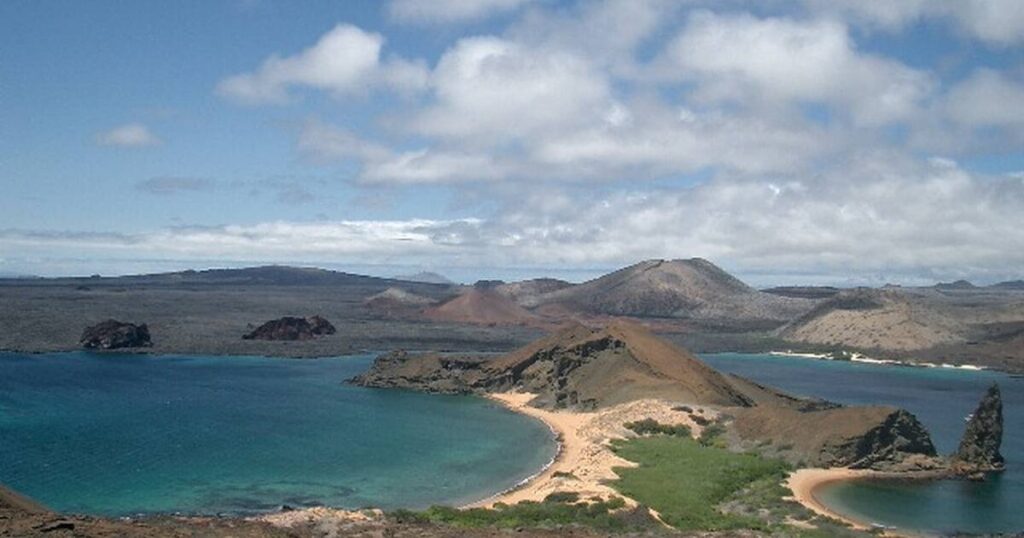
The Galapagos Islands offer a diverse range of attractions and activities that cater to various interests, from historians to athletes.

Here’s what each might find particularly appealing:
Historian
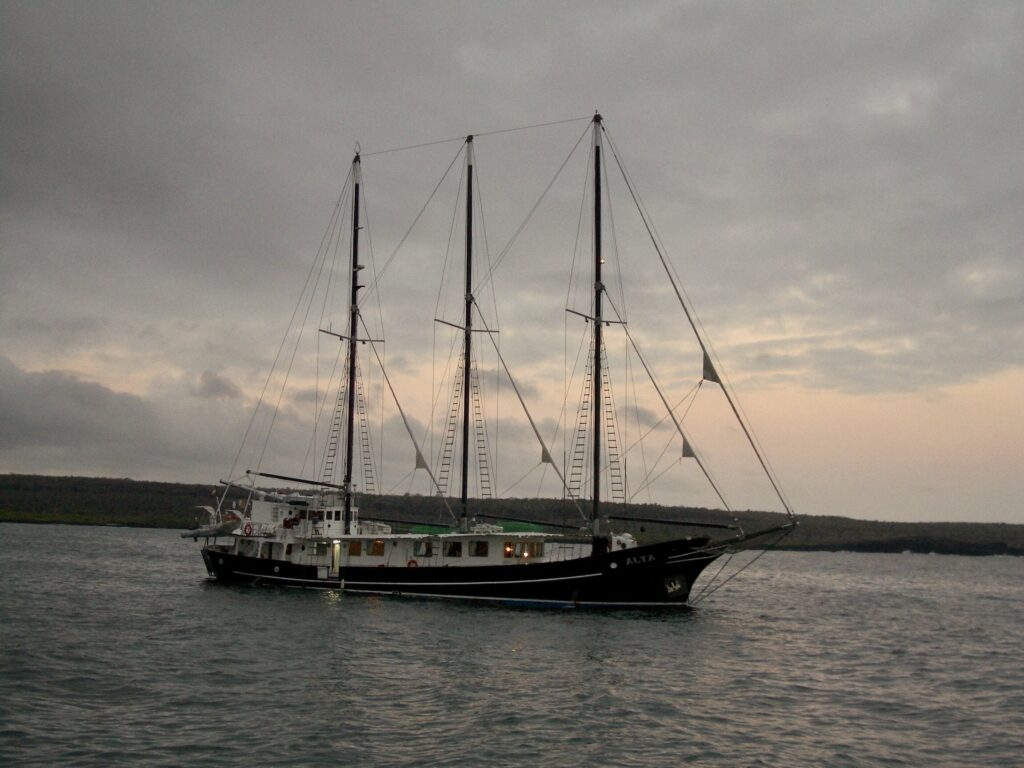
- Discovery and Exploration: The islands played a significant role in the early exploration of the Pacific, with accounts from visitors like Fray Tomás de Berlanga and pirates/buccaneers providing insights into their history.
- Human Settlements: Sites like the Wall of Tears on Isabela Island offer a glimpse into the islands’ penal colony history and the harsh conditions endured by prisoners during its construction.
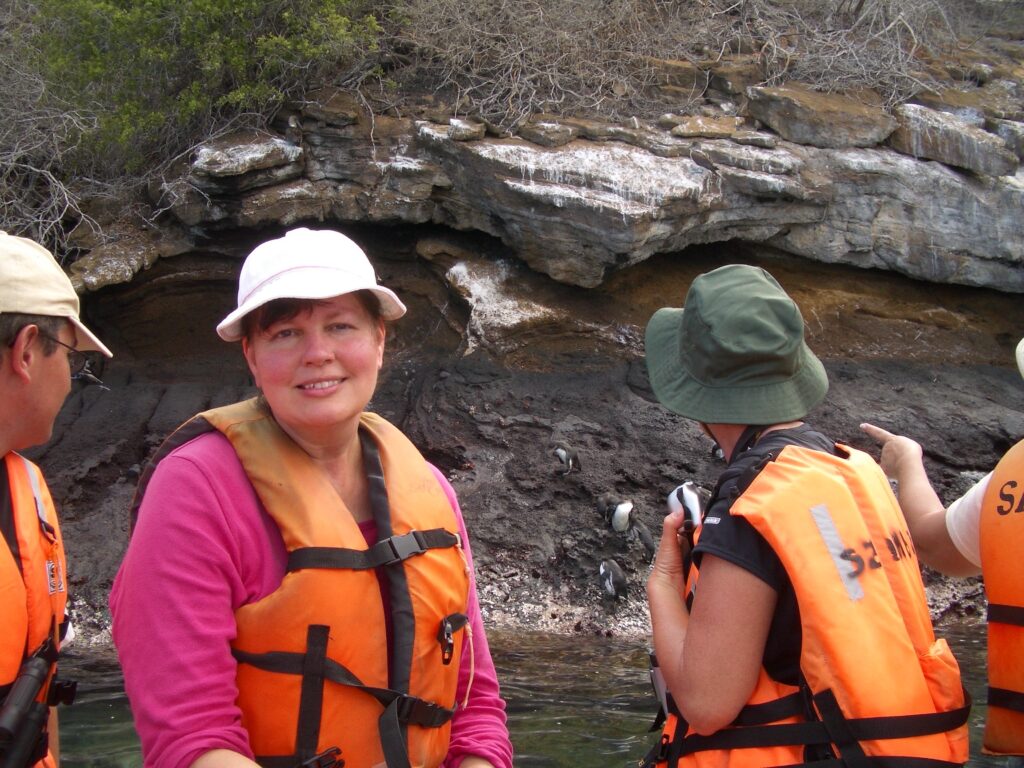
Architect
- Vernacular Architecture: While limited, the islands showcase some examples of traditional architecture, such as the colorful wooden houses in Puerto Ayora on Santa Cruz Island.
- Innovative Design: The unique challenges of building in such a remote and environmentally sensitive region may interest architects studying sustainable and innovative design solutions.
Diver
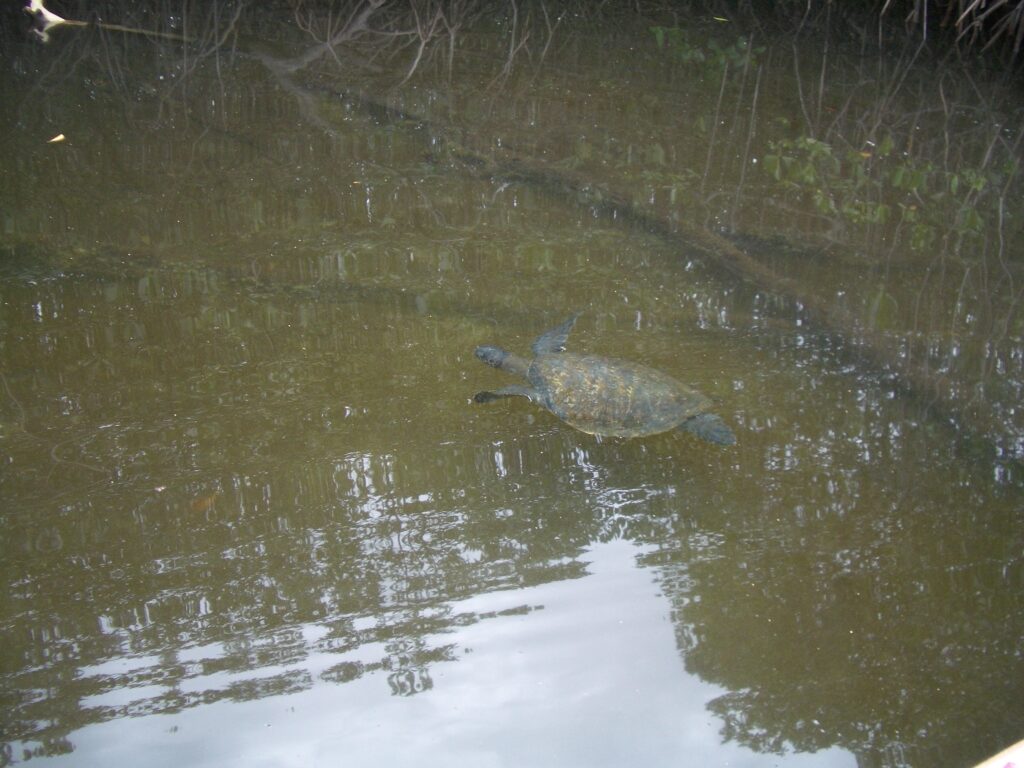
- Marine Life: The Galapagos Islands are renowned for their diverse and unique marine life, including sharks, rays, sea lions, and a wide variety of fish species, making them a prime destination for diving and snorkeling.
- Underwater Landscapes: Dive sites like Darwin Island and Los Tuneles offer opportunities to explore dramatic underwater landscapes, including lava formations, caves, and coral reefs.
Birder
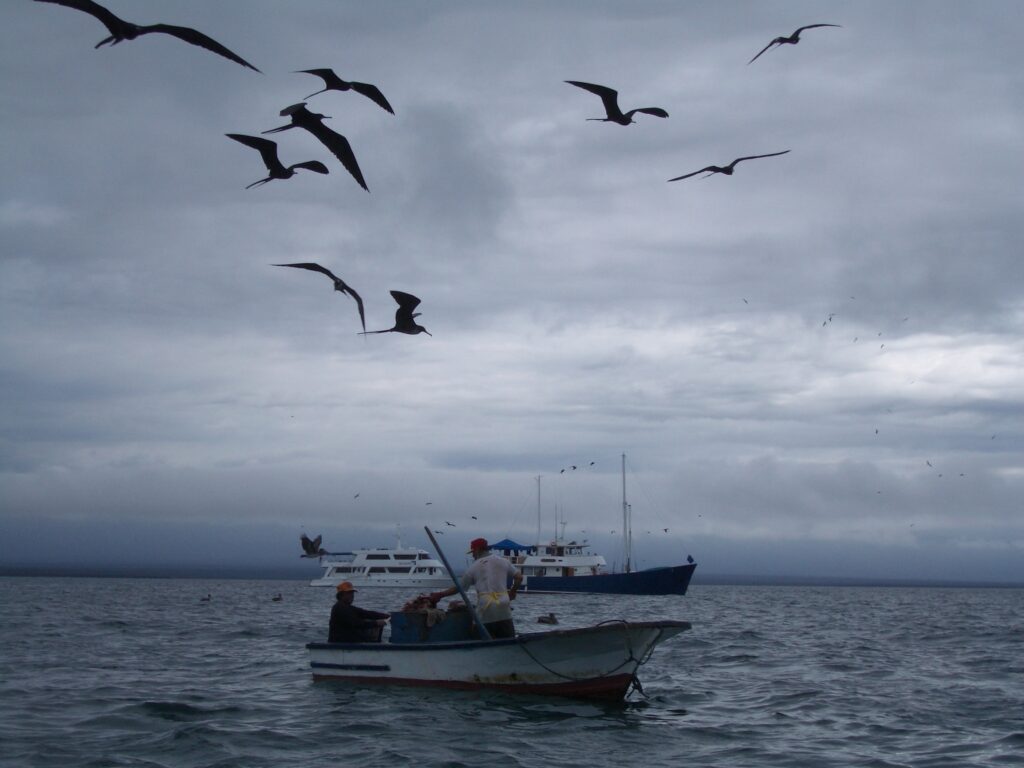
- Endemic Species: The islands are home to numerous endemic bird species, such as the Galapagos penguin, flightless cormorant, and various Darwin’s finches, making them a birdwatcher’s paradise.
- Seabird Colonies: Locations like Genovesa Island and Española Island host large seabird colonies, including waved albatrosses, frigatebirds, and boobies.
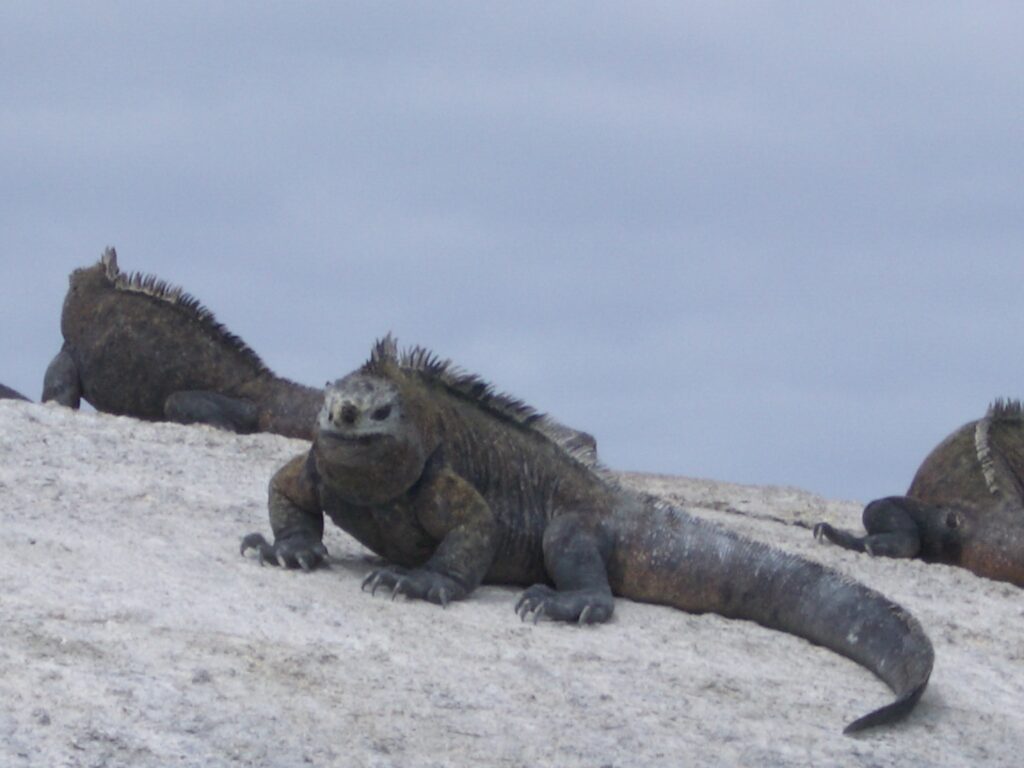
Scientist
- Evolutionary Studies: The Galapagos Islands played a crucial role in Charles Darwin’s theory of evolution by natural selection, offering scientists opportunities for ongoing research in various fields, including biology, ecology, and geology.
- Conservation Efforts: The islands’ unique ecosystems and the challenges posed by invasive species and human impact provide opportunities for environmental research and conservation efforts.
Sailor
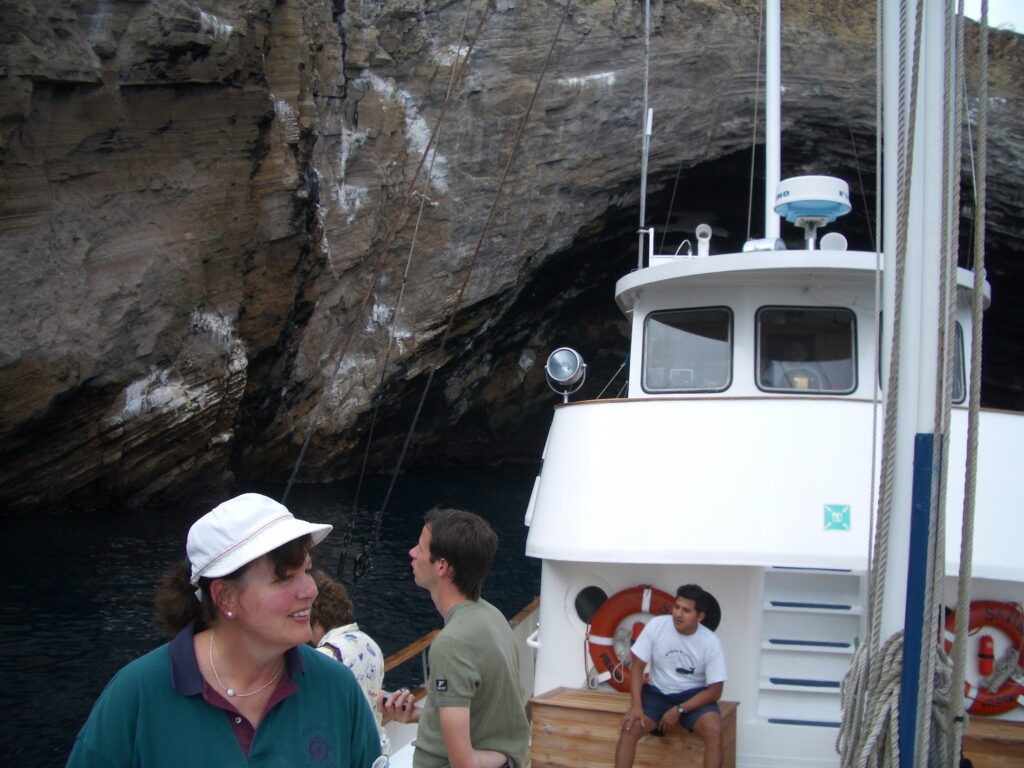
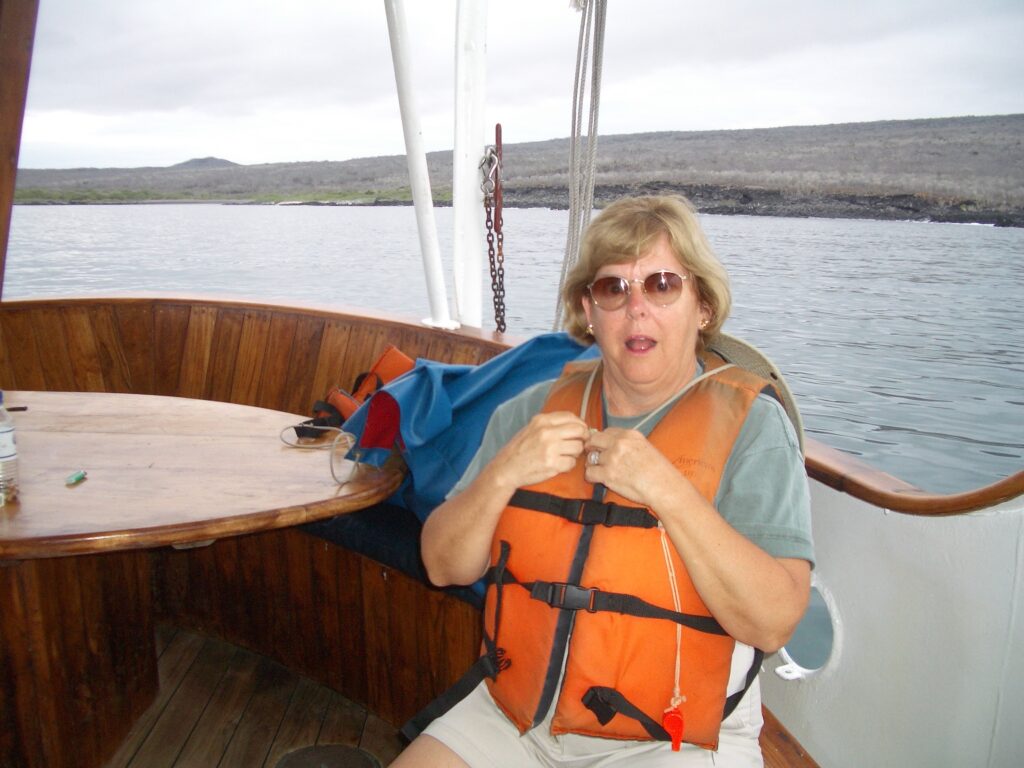
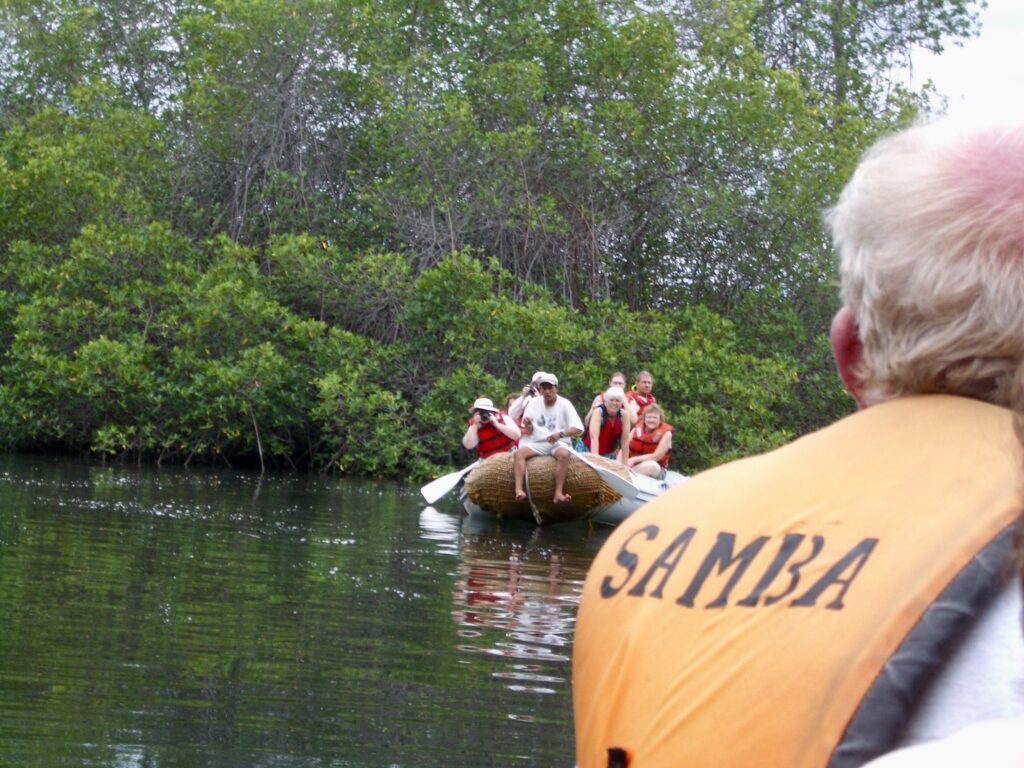
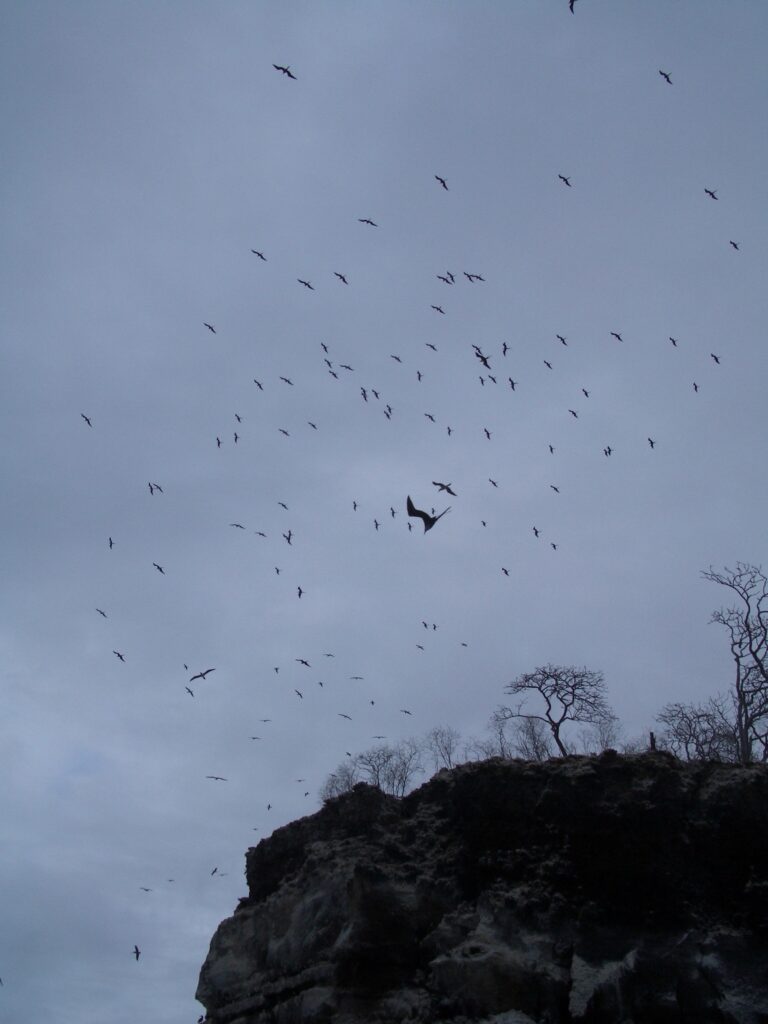
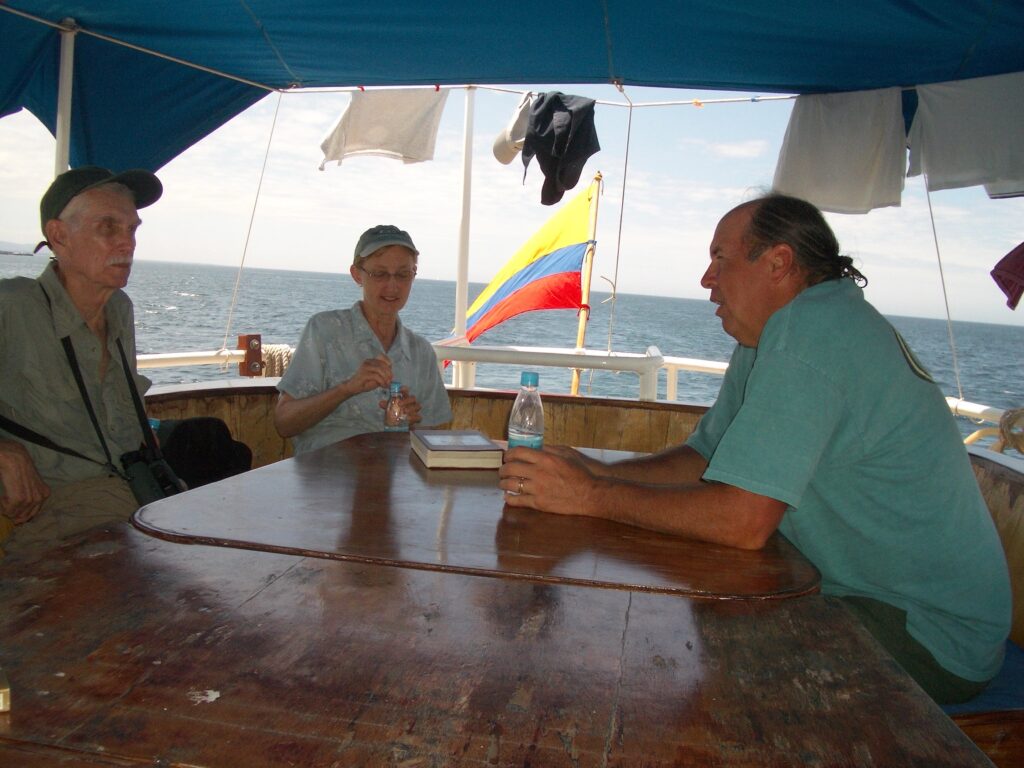
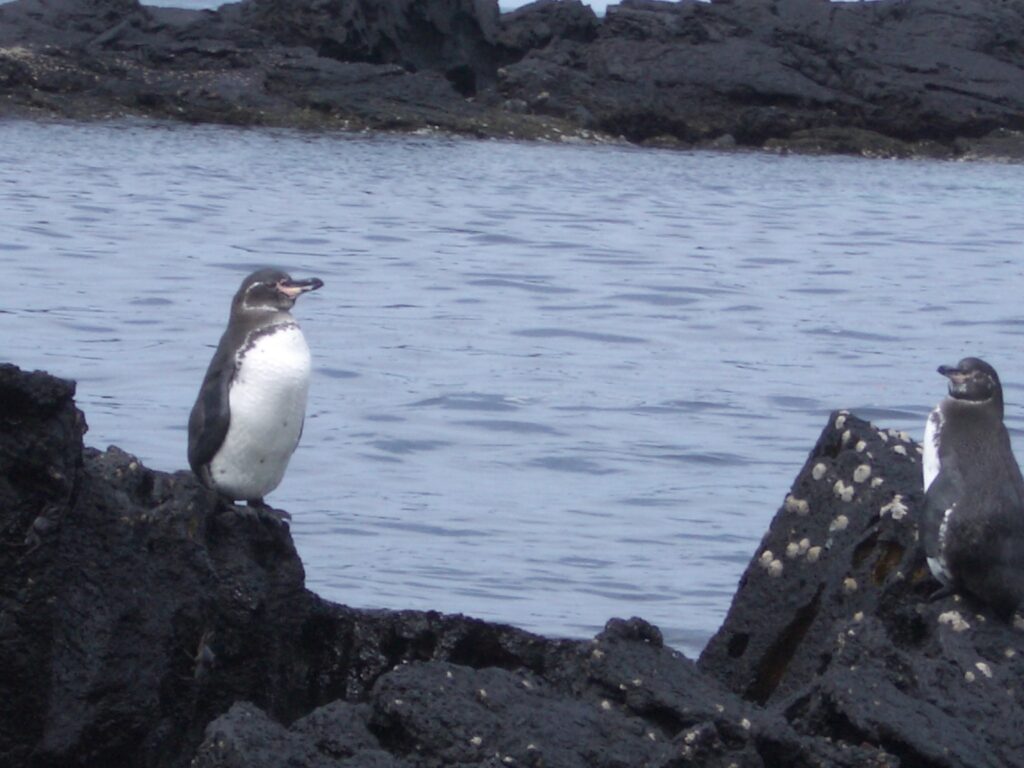
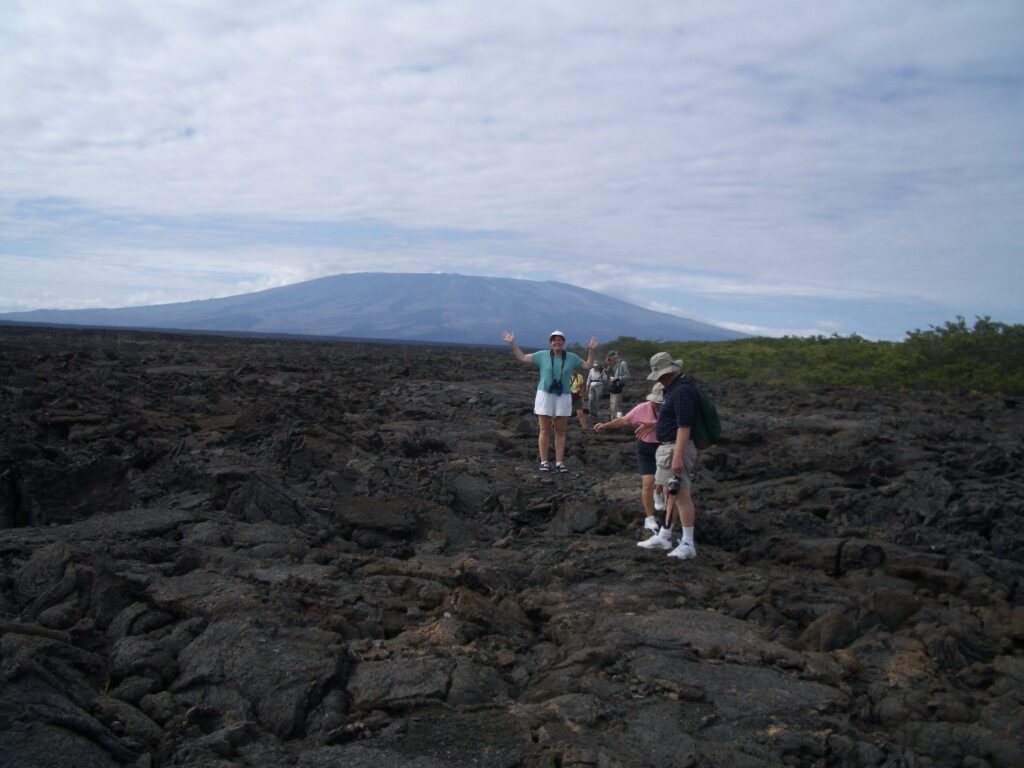
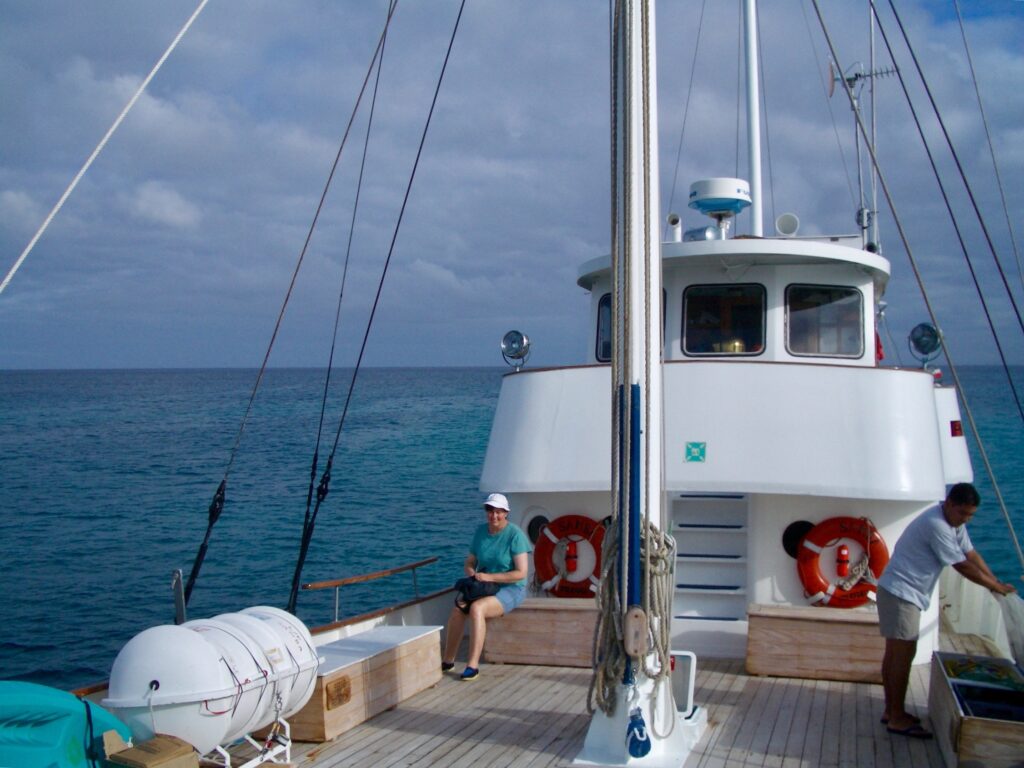
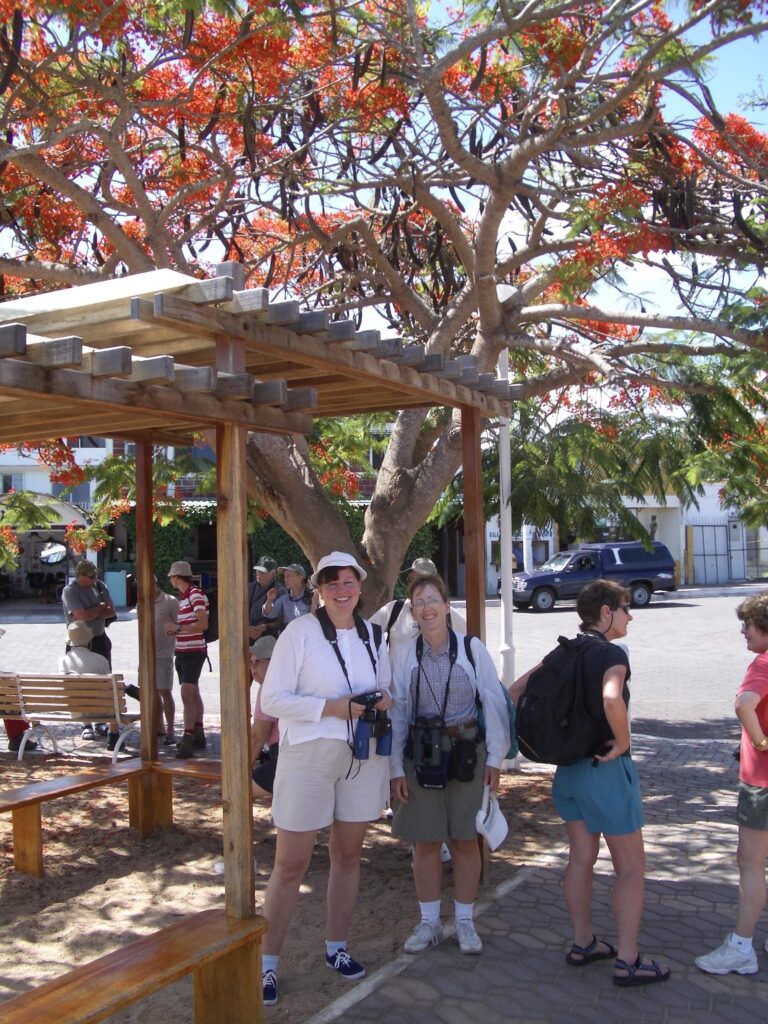
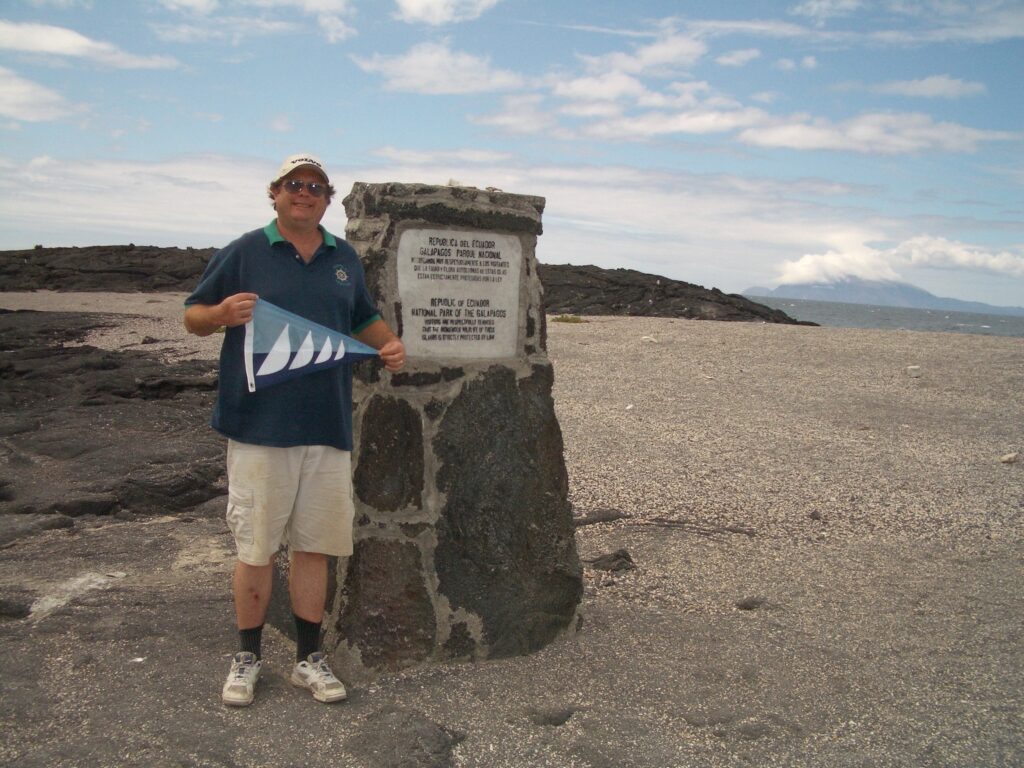
- Navigational Challenges: The remote location and strong currents around the islands offer navigational challenges for experienced sailors, making it an attractive destination for sailing enthusiasts.
- Scenic Cruising: Sailing through the Galapagos Islands provides breathtaking views of volcanic landscapes, wildlife, and unique geological formations.
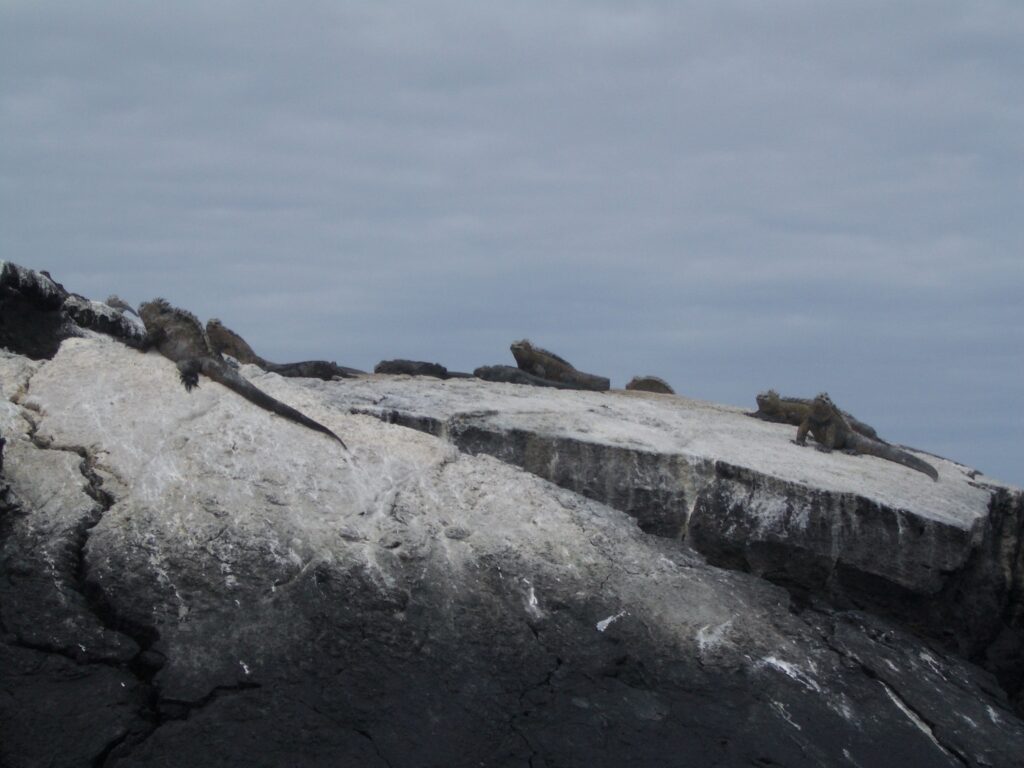
Wildlife Enthusiast

- Iconic Species: The islands are home to iconic species like the Galapagos giant tortoise, marine iguana, and various species of Darwin’s finches, offering unparalleled wildlife viewing opportunities.
- Pristine Habitats: The Galapagos National Park and Marine Reserve protect the islands’ diverse and unique ecosystems, preserving the natural habitats of these species.
Athlete
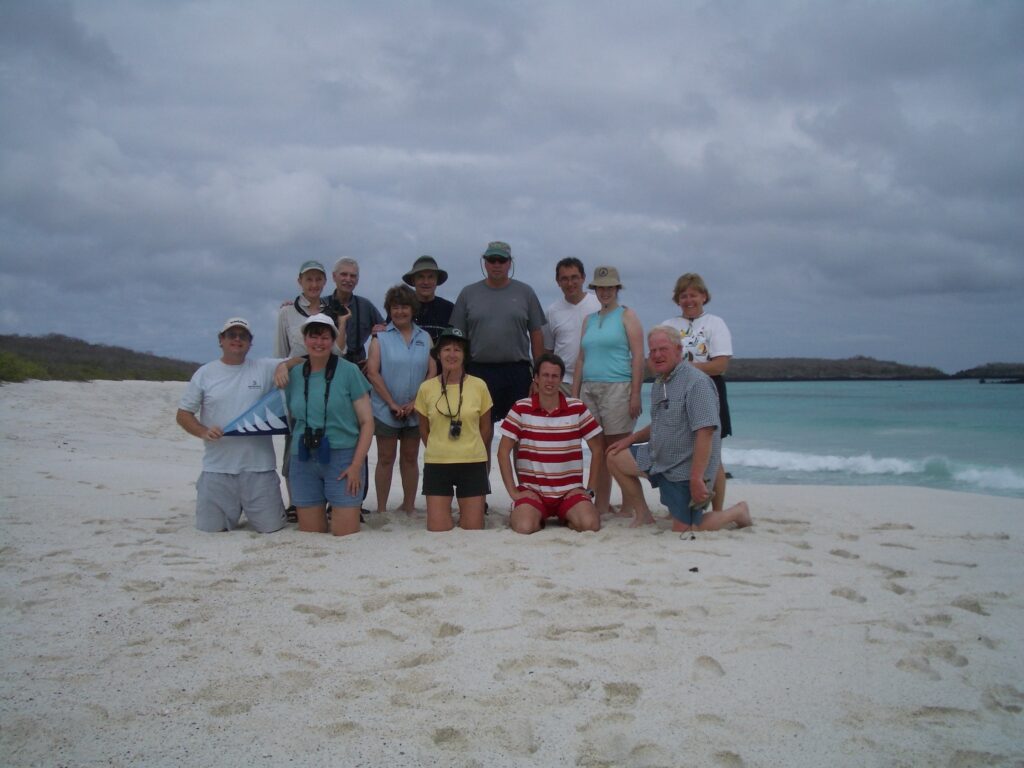
- Hiking Trails: The islands offer numerous hiking trails, ranging from easy coastal walks to challenging volcanic terrain, catering to athletes of all skill levels.
- Water Sports: Activities like kayaking, snorkeling, and surfing provide opportunities for athletes to explore the islands’ waters and marine life.
The Galapagos Islands’ unique combination of natural wonders, evolutionary significance, and rich history make them a multifaceted destination that appeals to a wide range of interests.
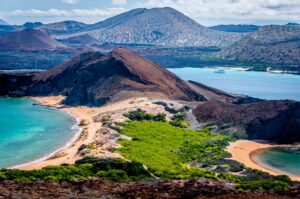
Based on the information provided in the search results, here are some of the best islands to visit in the Galapagos, Ecuador:
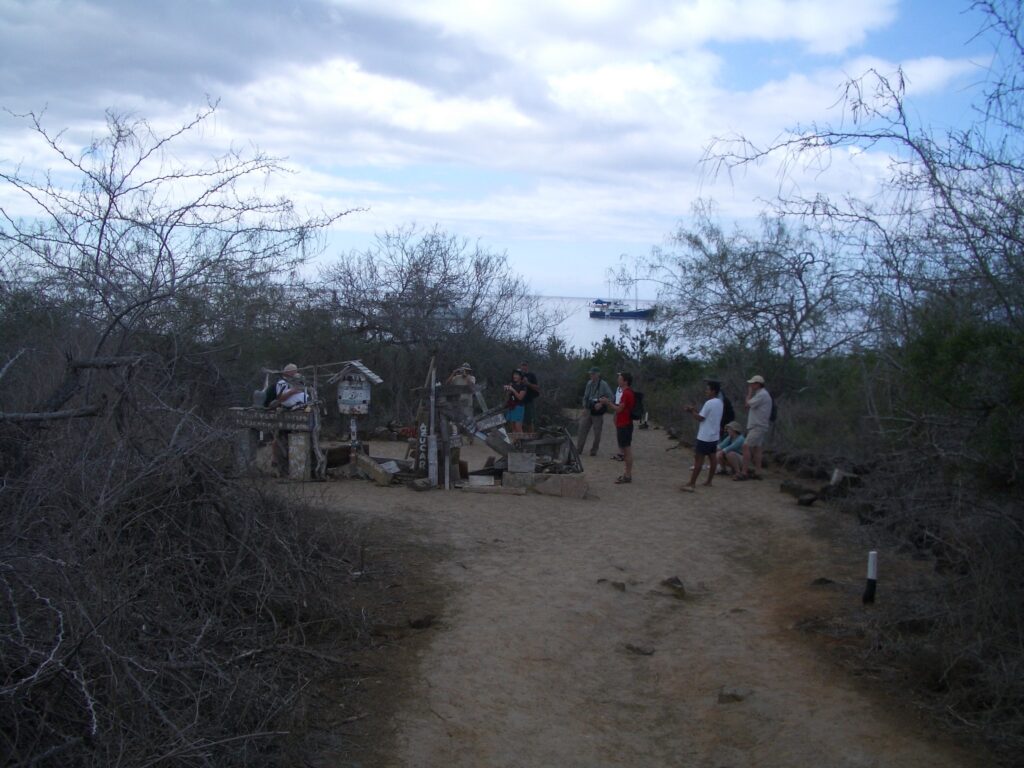
- Isabela Island – The largest island in the Galapagos, Isabela offers a volcanic wonderland with opportunities to see giant tortoises, penguins, flightless cormorants, and marine iguanas. Key sites include Sierra Negra Volcano, Los Tuneles, and Puerto Villamil.
- Santa Cruz Island – As the most populous island, Santa Cruz serves as a central hub with the town of Puerto Ayora. Don’t miss the Charles Darwin Research Station, Tortuga Bay beach, and opportunities to see giant tortoises up close.
- San Cristobal Island – This eastern island is known for its abundant birdlife like frigatebirds, boobies, and the iconic blue-footed booby. Key sites are the Leon Dormido (Kicker Rock) and Punta Pitt.
- Española Island – One of the oldest islands, Española is a top spot for birdwatching with waved albatrosses, boobies, and opportunities to see marine iguanas at sites like Punta Suarez and Gardner Bay.
- Bartolomé Island – While small, Bartolomé offers dramatic landscapes like the iconic Pinnacle Rock and chances to see Galapagos penguins.
- Genovesa Island – This remote northern island is known for its large colonies of frigatebirds, red-footed boobies, and other seabirds nesting on the island.
- Fernandina Island – As one of the most pristine and western islands, Fernandina provides opportunities to see marine iguanas, flightless cormorants, and the unique “aa” lava formations.
- Santiago Island – With its striking black lava fields and beaches like Rábida with red sand, Santiago offers unique landscapes and chances to see fur seals and marine iguanas.

The search results highlight that each island offers distinct wildlife, geological features, and opportunities for activities like hiking, snorkeling, and birdwatching, allowing visitors to craft their ideal Galapagos experience.
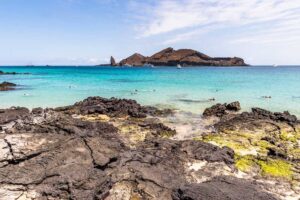
French Polynesia
Based on the information provided in the search results, here is what might be of interest to various groups in French Polynesia:
Historian:

- The history of French Polynesia, including its colonization by France and the impact of European settlement on the local population.
- The traditional Polynesian houses, known as “fares,” and their construction using natural materials like palm fronds, bamboo, and wood.
Architect:
- The traditional Polynesian architecture, characterized by simplicity and functionality, and its blend with modern architectural styles.
- The use of natural materials like bamboo and palm fronds in modern building techniques and materials.
Diver:
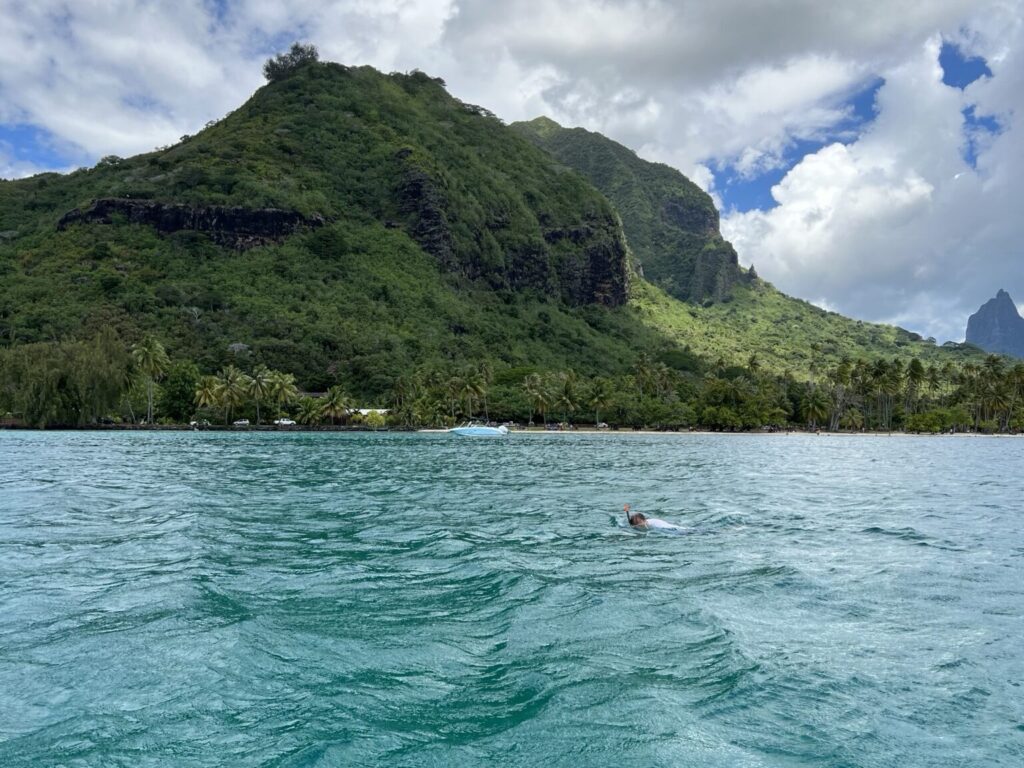
- The best dive sites in French Polynesia, including the Tumakohua Pass, the Garuae Pass, and the Rangiroa Atoll.
- The variety of marine life, including sharks, rays, and tropical fish, and the opportunities for drift diving and wall diving.
Birder:
- The birdlife in French Polynesia, including species like the blue-footed booby, the red-footed booby, and the frigatebird.
- The opportunities for birdwatching and birding in the islands and atolls of French Polynesia.
Scientist:
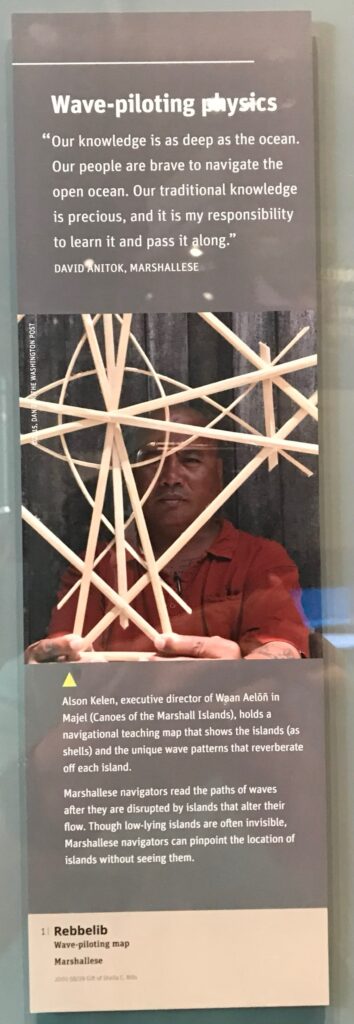
- The marine ecosystems of French Polynesia, including the coral reefs, the sea grass beds, and the mangrove forests.
- The impact of climate change on the marine ecosystems and the efforts to conserve and protect them.
Sailor:
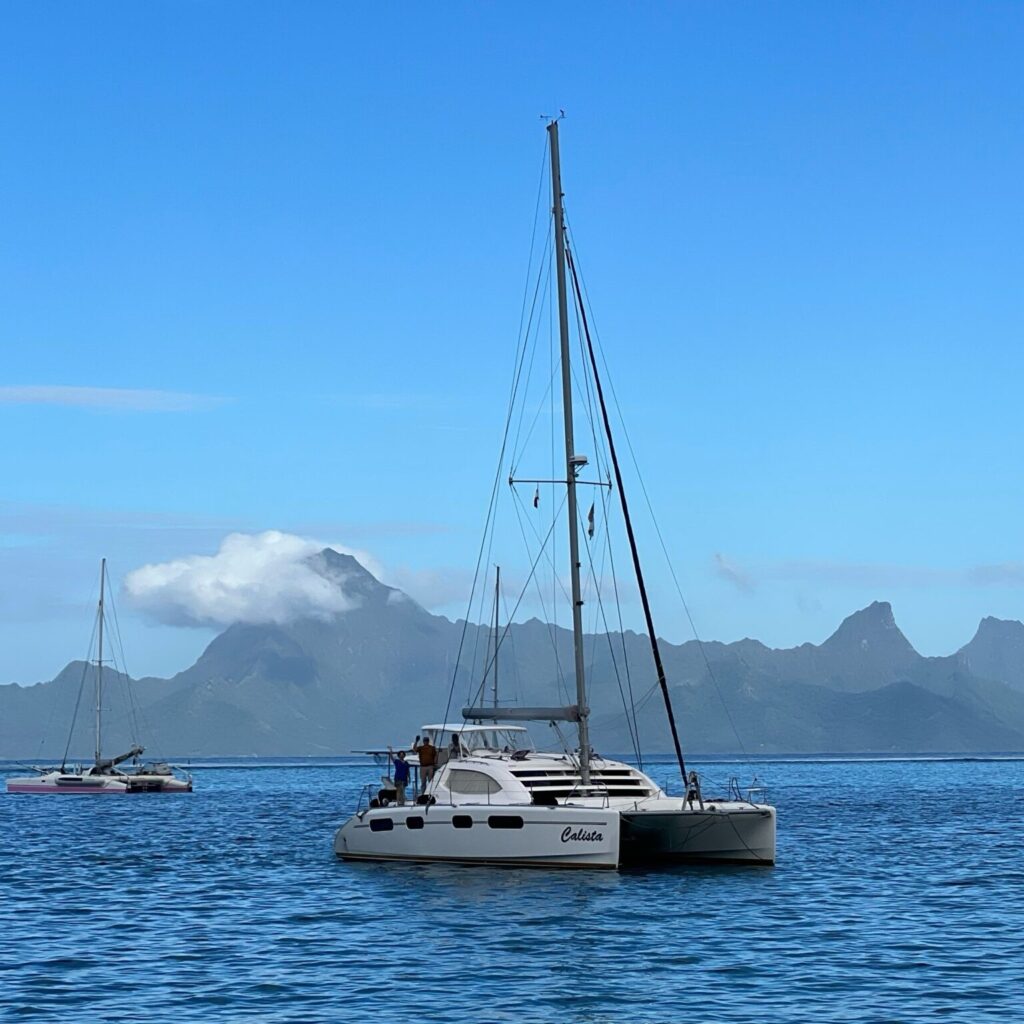
- The sailing opportunities in French Polynesia, including the chance to explore the islands and atolls by sailboat.
- The challenges of navigating the waters of French Polynesia, including the strong currents and the coral reefs.
Wildlife Enthusiast:
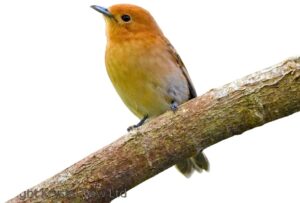
- The diverse wildlife of French Polynesia, including the marine life, the birds, and the land animals.
- The opportunities for wildlife watching and wildlife tourism in the islands and atolls of French Polynesia.
Athlete:
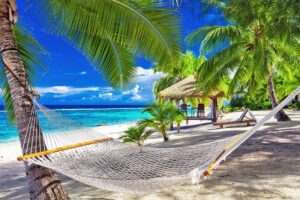
- The opportunities for outdoor activities like hiking, biking, and kayaking in the islands and atolls of French Polynesia.
- The challenges of participating in these activities in the tropical environment, including the heat and the humidity.
In summary, French Polynesia offers a wide range of attractions and activities that cater to various interests, from historians to athletes.
Based on the search results, here are some of the most popular sailing routes in French Polynesia:
- Society Islands: This route includes stops in Tahiti, Moorea, Huahine, Taha’a, and Raiatea, offering a mix of island-hopping, snorkeling, and cultural experiences.
- Tuamotu Atolls: This route takes you through the Tuamotu Archipelago, including stops in Fakarava, Toau, Faaite, and other atolls, known for their pristine waters, coral reefs, and marine life.
- Marquesas Islands: This route includes stops in Nuku Hiva, Ua Pou, Ua Huka, and other islands in the Marquesas Archipelago, offering a mix of island-hopping, snorkeling, and cultural experiences.
- Gambier Islands: This route takes you through the Gambier Archipelago, including stops in Mangareva, Taravai, and other islands, known for their remote and pristine environments.
- Austral Islands: This route includes stops in Rurutu, Tubuai, and other islands in the Austral Archipelago, offering a mix of island-hopping, snorkeling, and cultural experiences.
These routes offer a mix of island-hopping, snorkeling, and cultural experiences, and are popular among sailors and cruisers due to the region’s stunning natural beauty, diverse marine life, and rich cultural heritage.
Maldives
The Maldives offers a diverse range of attractions and activities that cater to various interests, from historians to athletes. Here’s what each might find particularly appealing:
Historian
- Ancient Mosques: Historians would be interested in visiting ancient mosques like the Old Friday Mosque (Hukuru Miskiiy) and the Grand Friday Mosque, which date back to the 17th century and showcase intricate coral stone carvings and Islamic architecture.
- Royal Tombs: Sites like the Tomb of Muhammad Thakurufaanu, the national hero who liberated the Maldives from Portuguese rule, and the Medhu Ziyaaraiy Shrine, believed to be the resting place of the man who brought Islam to the islands, offer insights into the country’s rich history.
- Archaeological Sites: Places like the Thoddoo Buddhist Temple and the Kuruhinna Tharaagandu archaeological site on Kashidhoo Island provide evidence of the Maldives’ Buddhist heritage and ancient monasteries.
Architect
- Vernacular Architecture: Architects might appreciate the traditional Maldivian architecture, such as the wooden houses and buildings in the capital city of Malé, which showcase the local building styles and techniques.
- Innovative Design: The unique challenges of building in a low-lying island nation could interest architects studying sustainable and innovative design solutions.
Diver
- Shipwrecks: While not a primary historical site, the Maldives offers opportunities for divers to explore shipwrecks, providing insights into the country’s maritime history.
- Underwater Archaeological Sites: Potential underwater archaeological sites, if discovered, could offer divers a glimpse into the Maldives’ submerged history.
Birder
- Migratory Bird Watching: The Maldives’ location along major migratory routes could make it an interesting destination for birdwatchers, although not specifically for historical sites.
Scientist
- Environmental Studies: Scientists might be interested in studying the environmental challenges faced by the low-lying Maldives, such as rising sea levels and their impact on historical sites and cultural heritage.
- Archaeological Research: Opportunities for archaeological research at sites like Thoddoo Buddhist Temple and Kuruhinna Tharaagandu could appeal to scientists studying the Maldives’ ancient history.
Sailor
- Maritime History: While not directly related to historical sites, sailors might appreciate the Maldives’ rich maritime history and the role it played in ancient trade routes and exploration.
Wildlife Enthusiast
- Marine Life: The Maldives’ rich marine life, while not directly related to historical sites, could be of interest to wildlife enthusiasts visiting the islands.
Athlete
- Water Sports: Athletes might enjoy the various water sports opportunities available in the Maldives, such as surfing, kayaking, and snorkeling, although not specifically tied to historical sites.
While the Maldives is primarily known for its natural beauty and luxury resorts, it offers a glimpse into its rich cultural heritage through ancient mosques, royal tombs, and archaeological sites, catering to the interests of historians, architects, and scientists studying the country’s past.
Based on the information provided in the search results, here are some of the most popular diving spots in the Maldives:
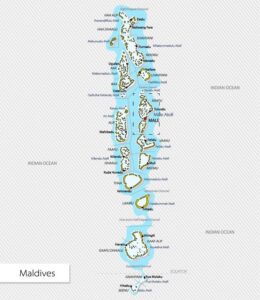
- Maaya Thila (South Ari Atoll) – One of the best and most famous dive sites in the Maldives. This bustling thila (underwater island) is known for its abundant marine life, including whitetip reef sharks, grey reef sharks, turtles, and a variety of fish. It’s particularly renowned for its exciting night dives.
- Kandooma Thila (South Malé Atoll) – A long pinnacle covered in soft corals, with an area called “Jack Corner” where divers can see barracuda, jacks, grey reef sharks, and other pelagic species. Strong currents make it suitable for experienced divers.
- Fotteyo Kandu (Vaavu Atoll) – This channel dive features caves, overhangs, and swim-throughs filled with vibrant soft corals and marine life like snappers, triggerfish, and groupers.
- Vattaru Reef (Vaavu Atoll) – A gentle drift dive where divers can spot whitetip reef sharks, Napoleon wrasse, turtles, and explore overhangs at deeper depths.
- Miyaru Kandu (Vaavu Atoll) – One of the best sites for seeing hammerhead sharks, along with other pelagic species like dogtooth tuna and grey reef sharks at around 30m depth.
- Fish Head (Rasdhoo Atoll) – A pinnacle known for its abundance of grey reef sharks, guitar sharks, barracuda, and tuna, with caves and overhangs for advanced divers.
- Banana Reef (North Malé Atoll) – Offers diverse diving with sloping walls, cracks, crevices, and healthy coral reefs teeming with marine life like Napoleon wrasse and moray eels.
- Alimatha Jetty (Vaavu Atoll) – A shallow dive site suitable for beginners, with a maximum depth of 15m and opportunities to see sharks and other marine life.
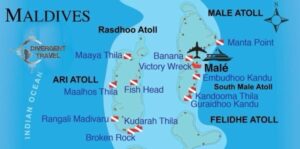
These dive sites showcase the Maldives’ diverse underwater landscapes, from vibrant thilas and channels to wrecks, offering encounters with pelagic species, sharks, and an abundance of marine life.






